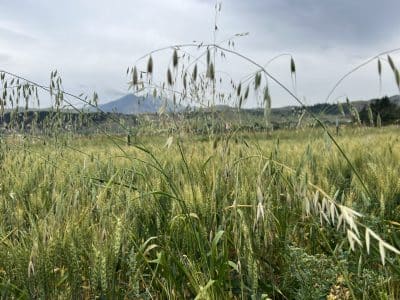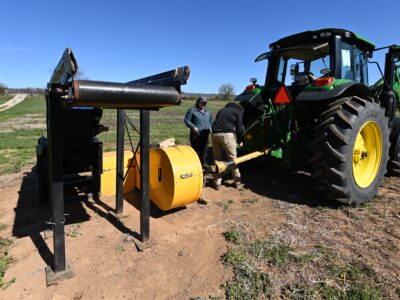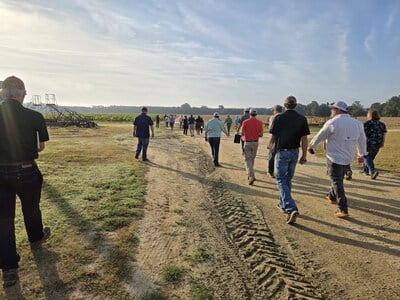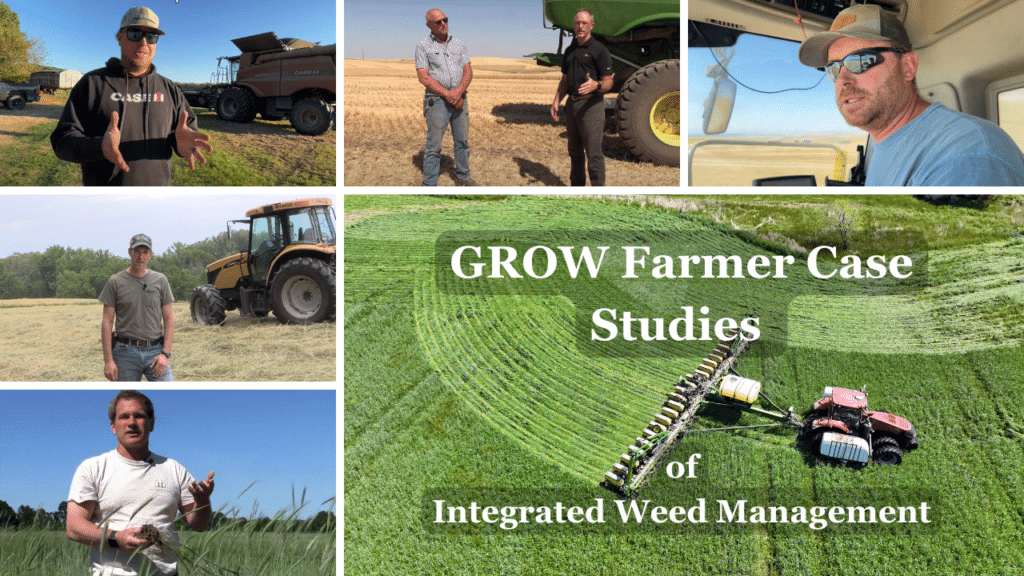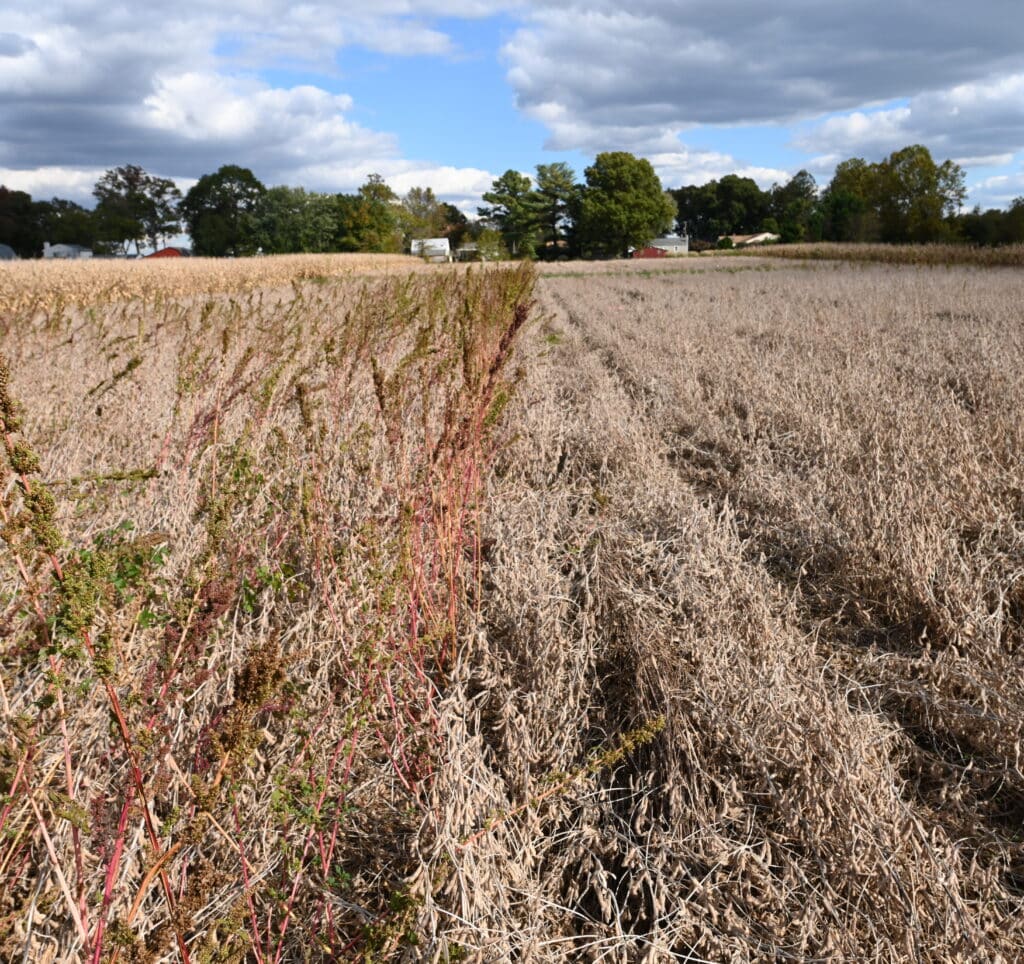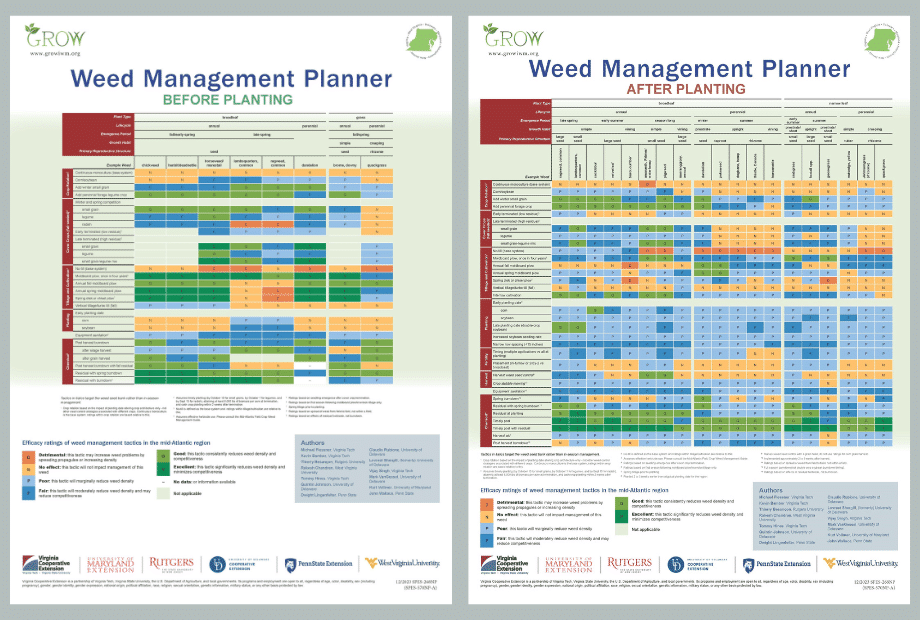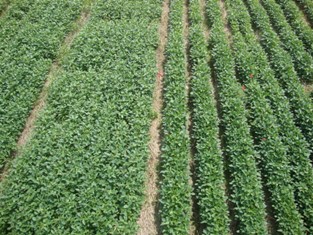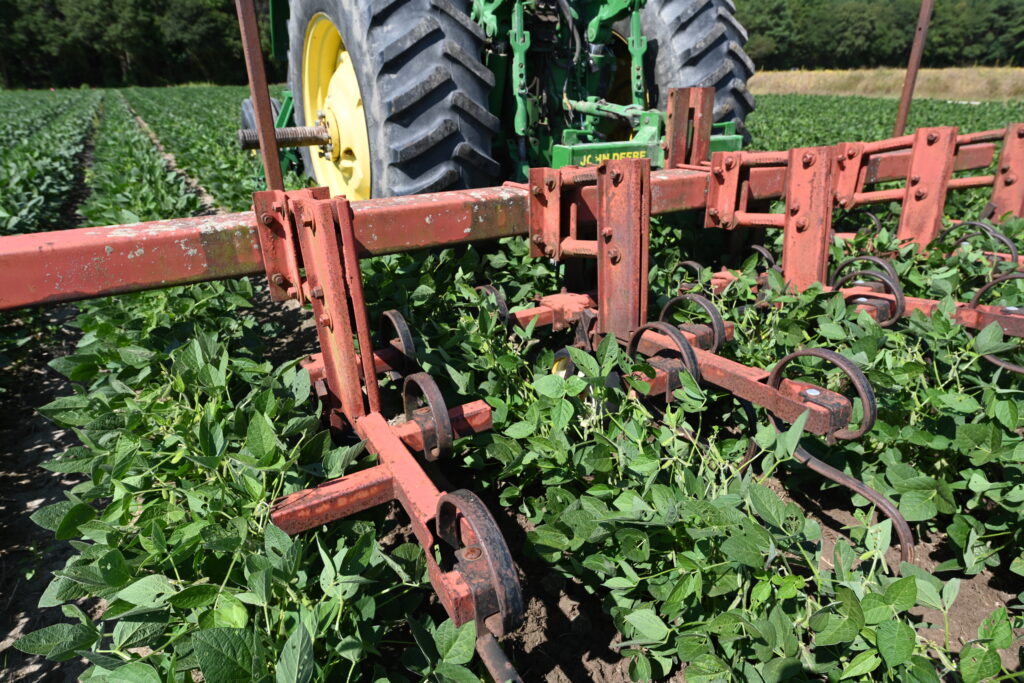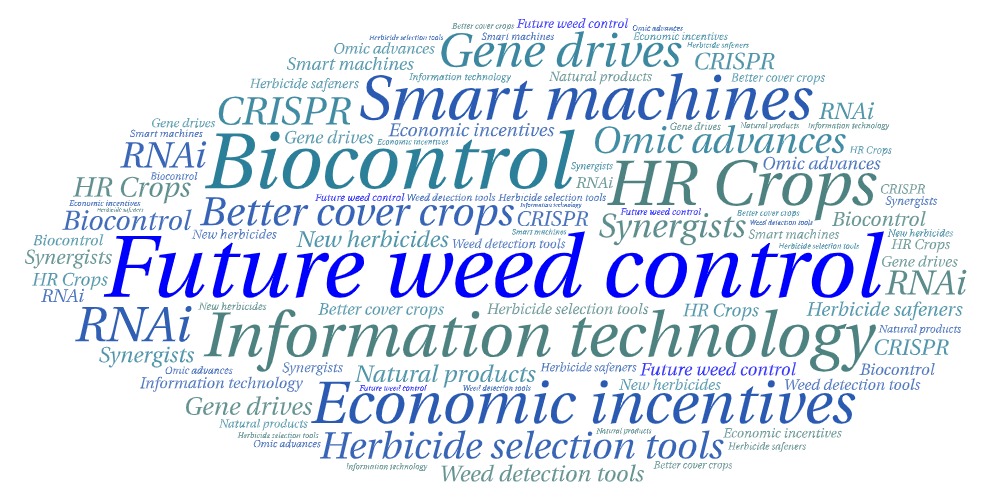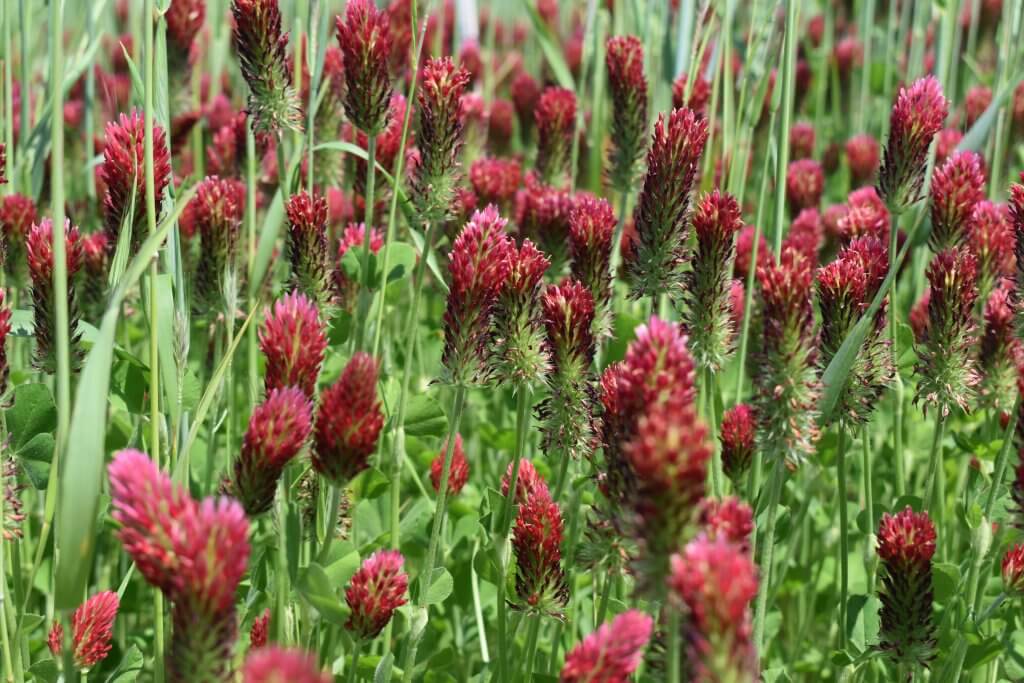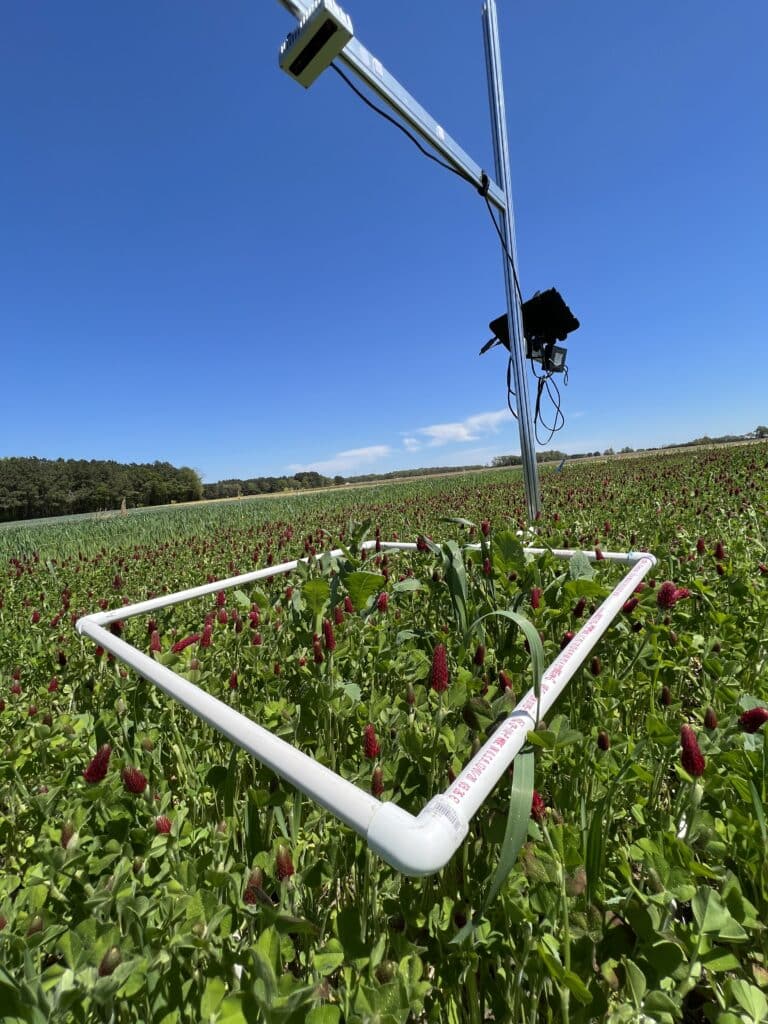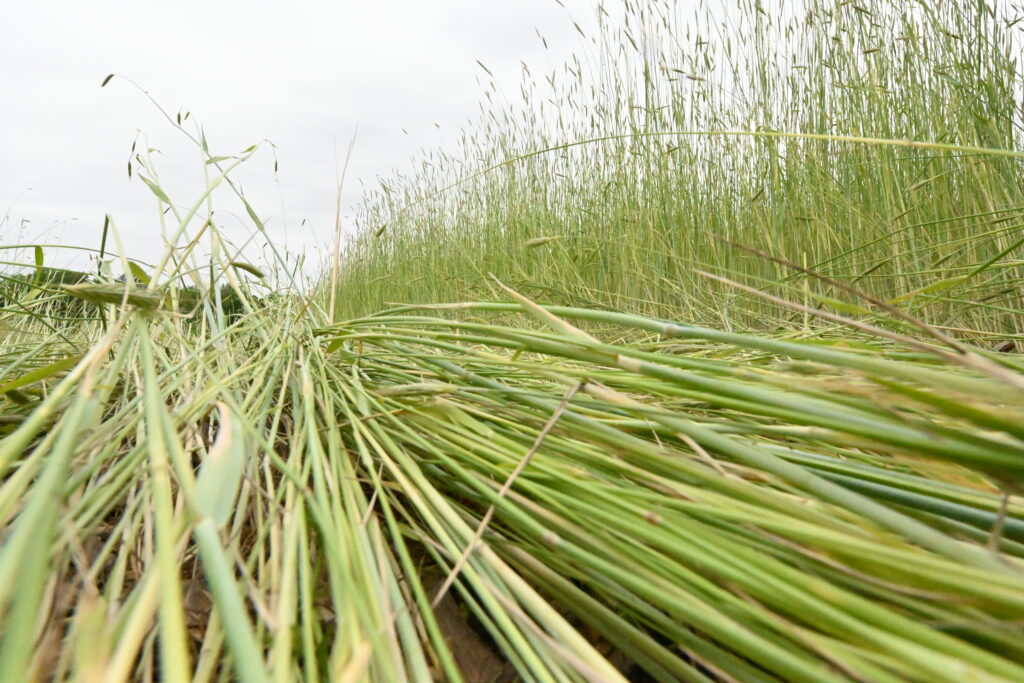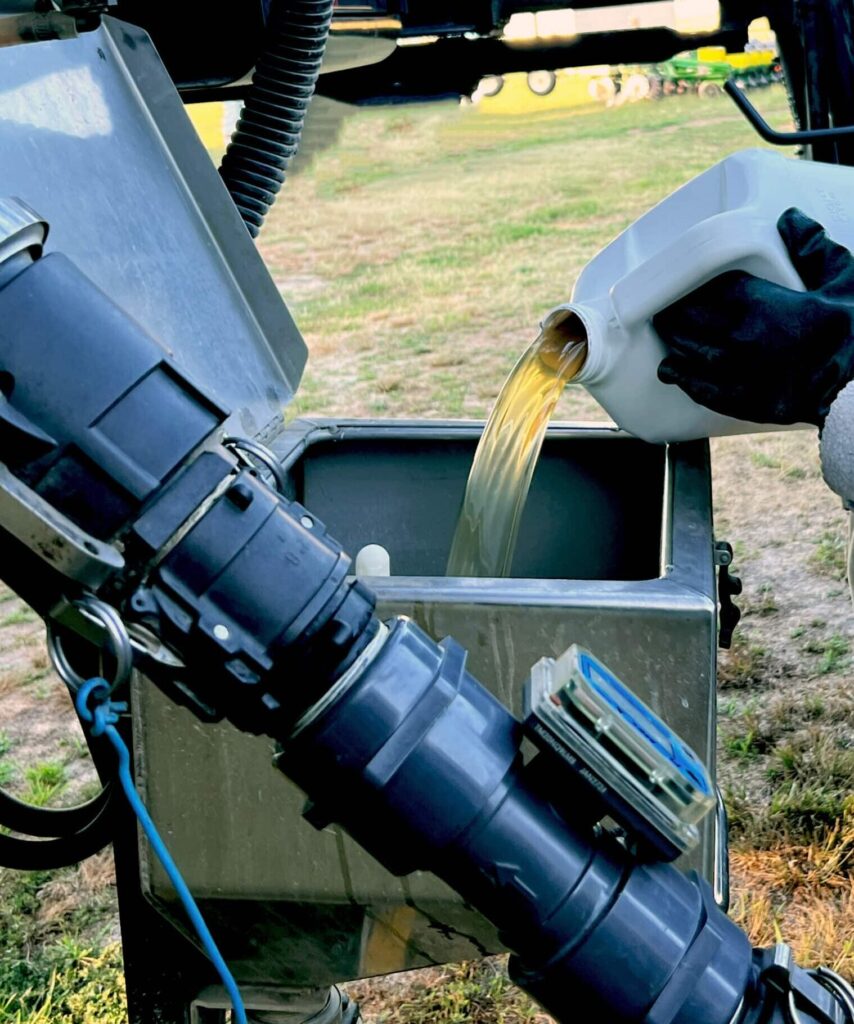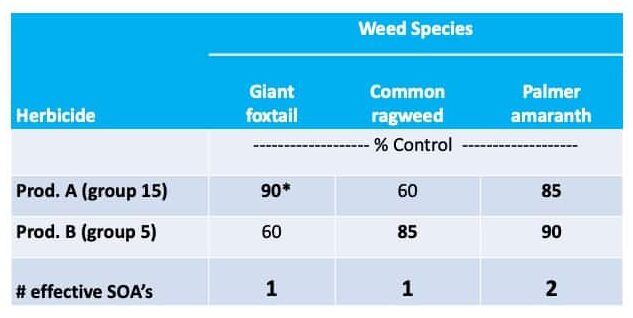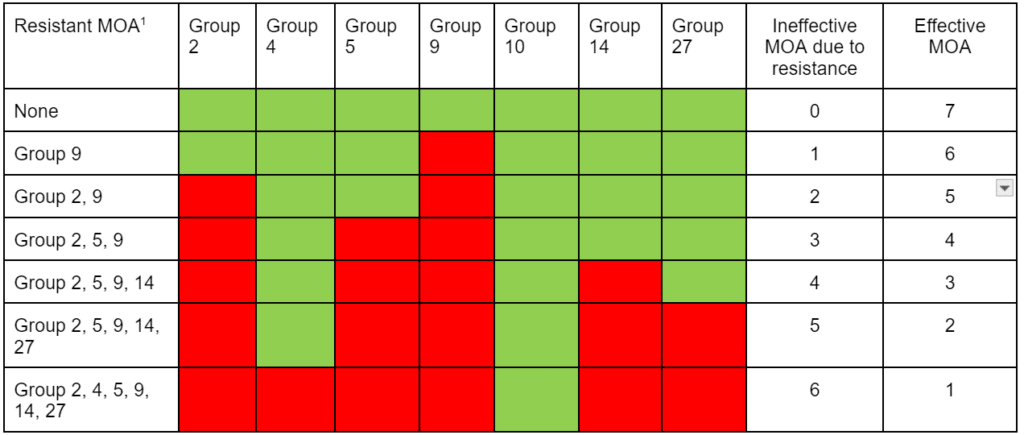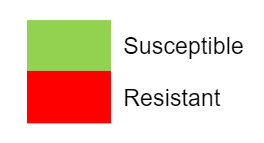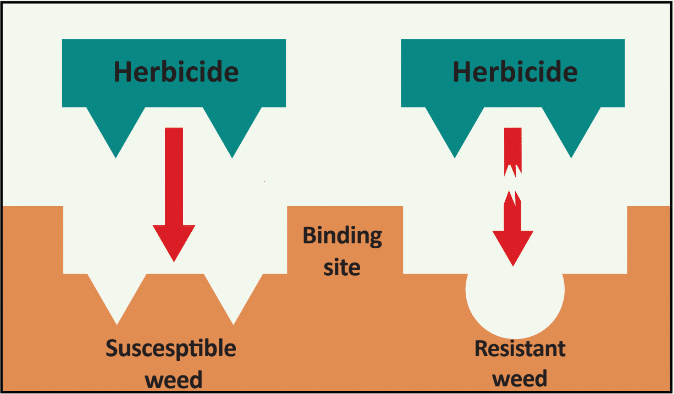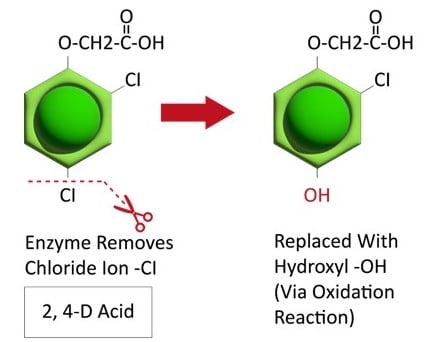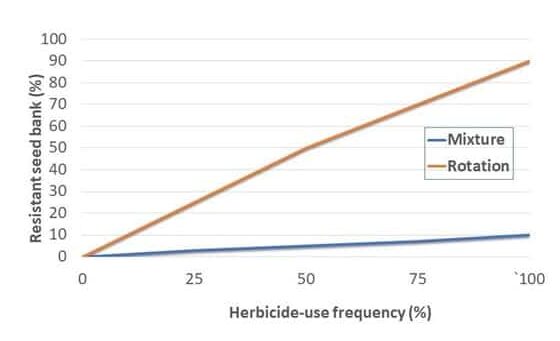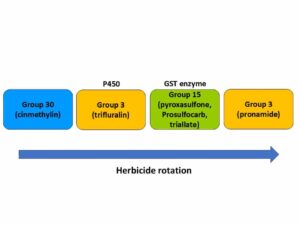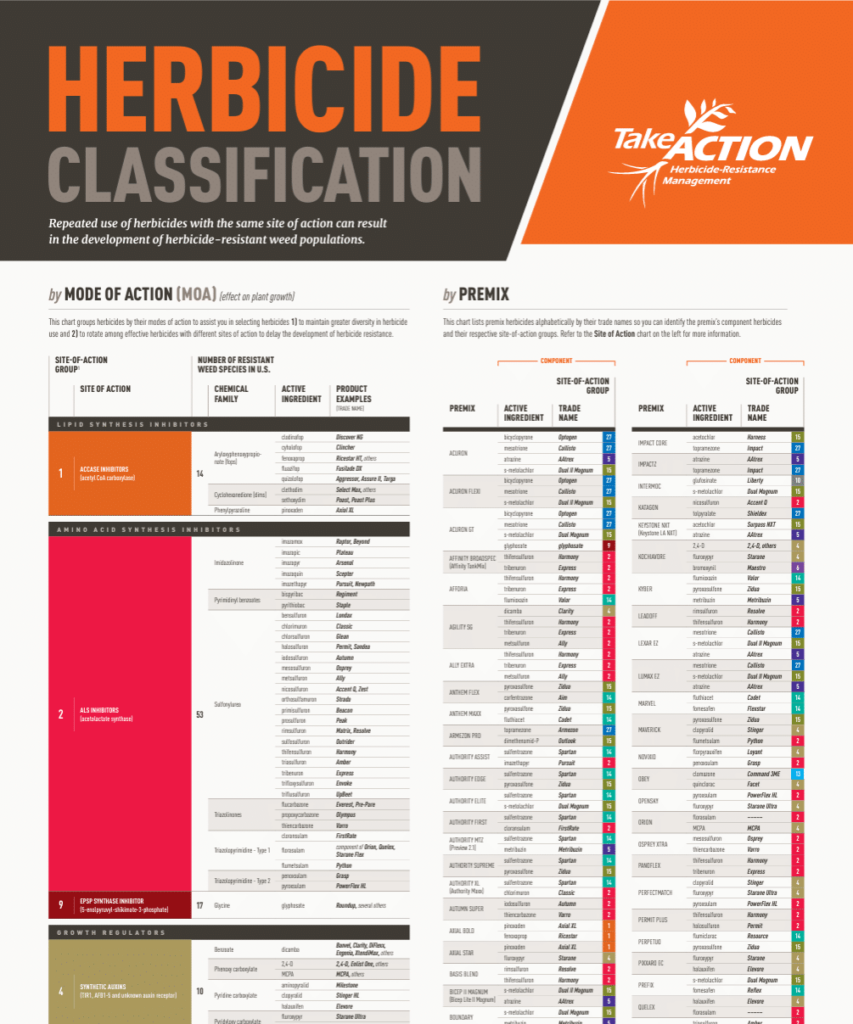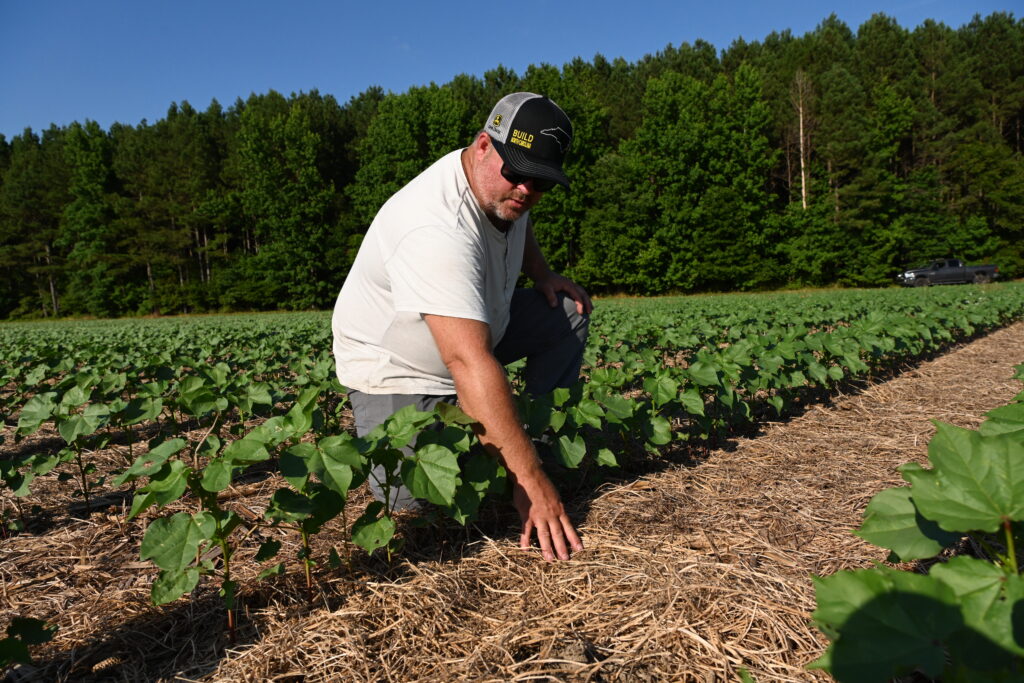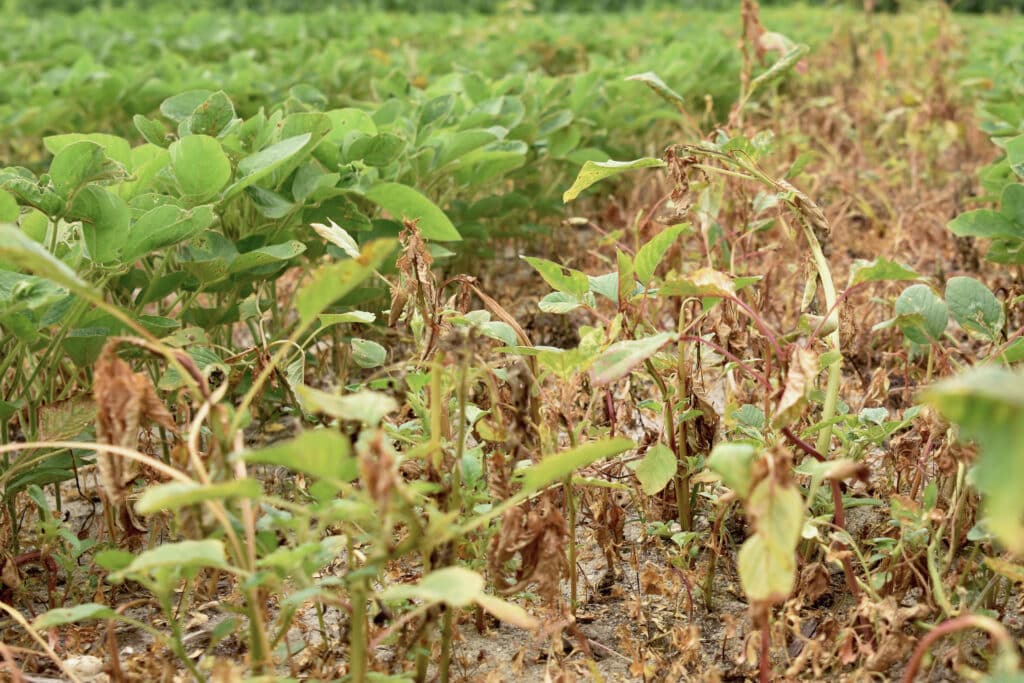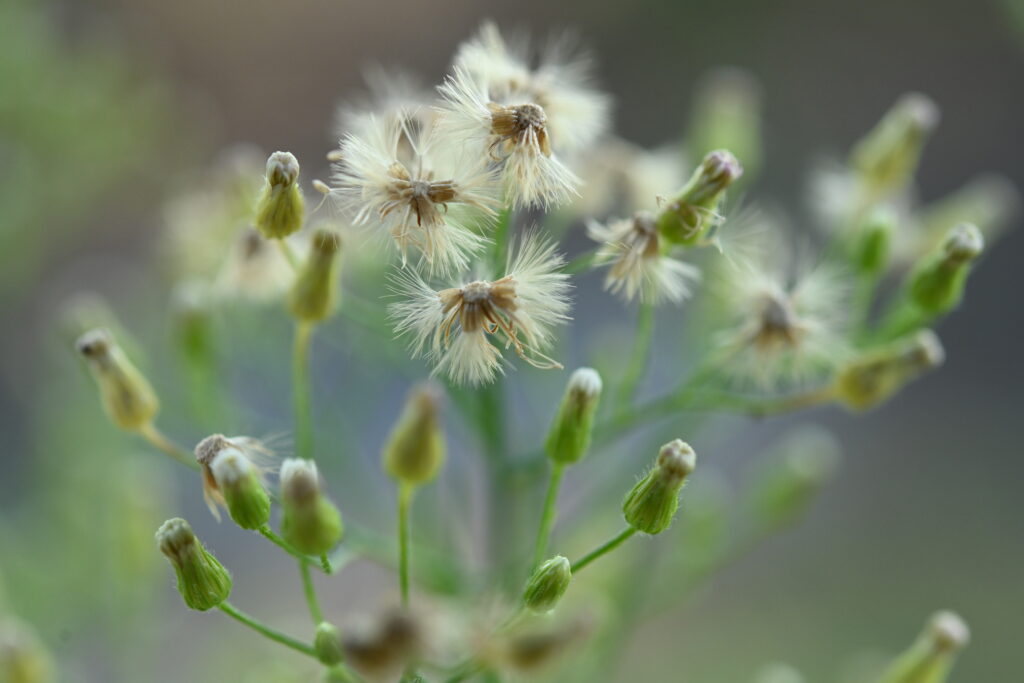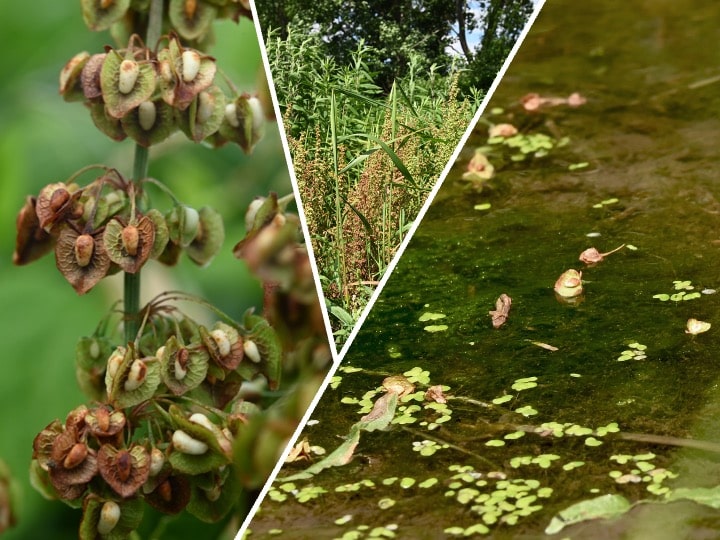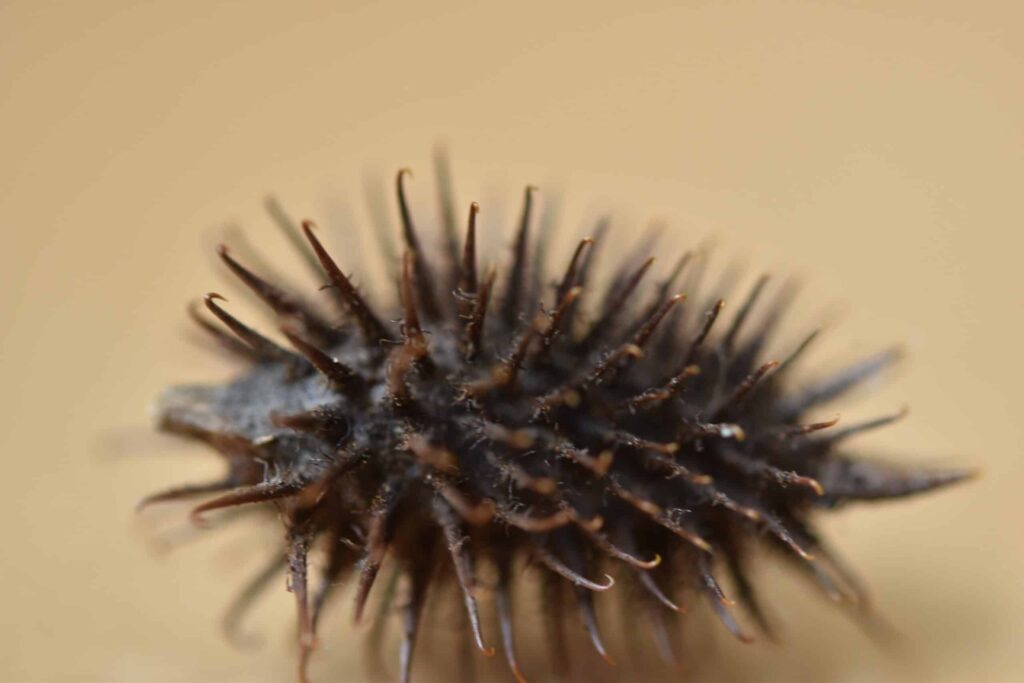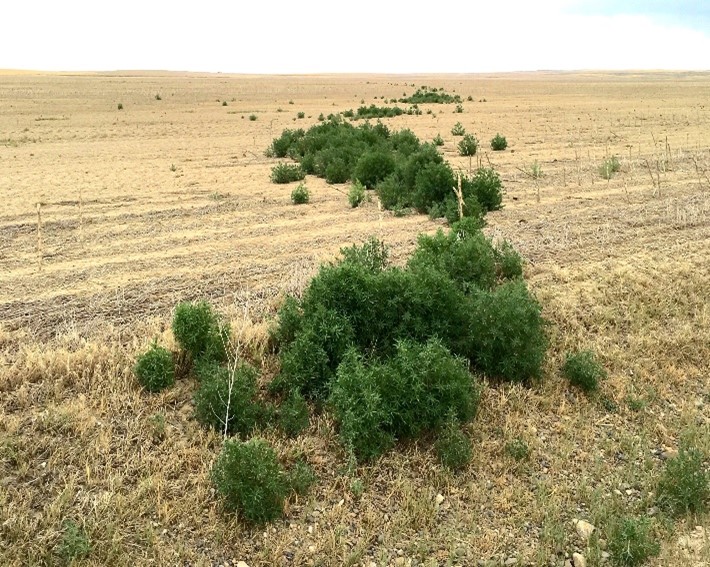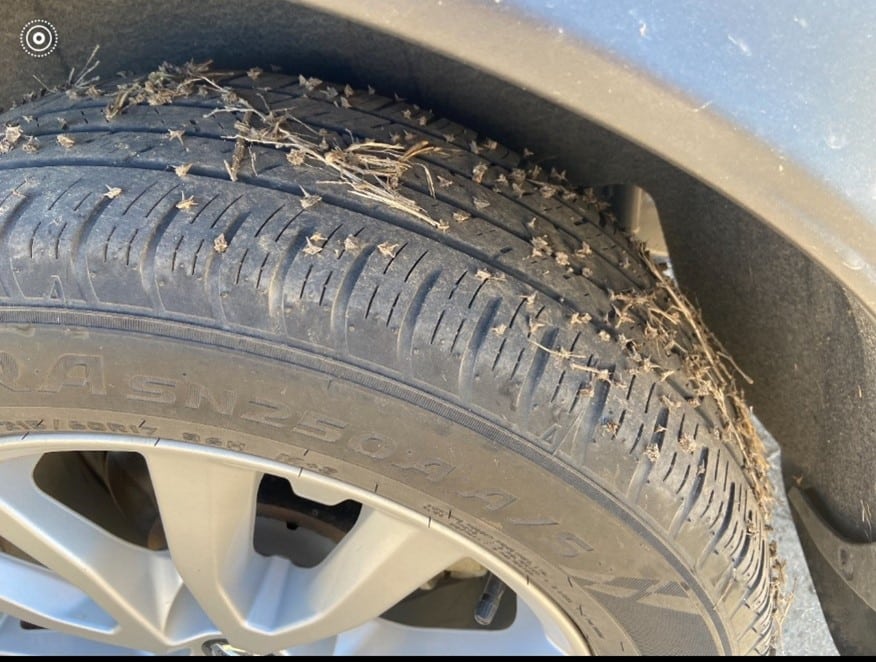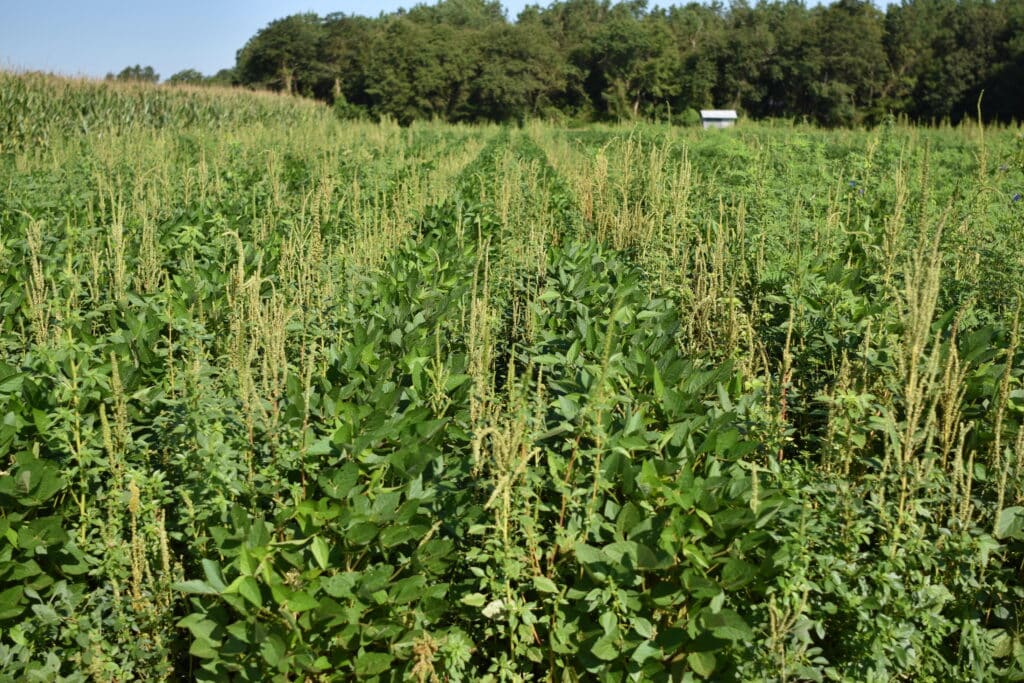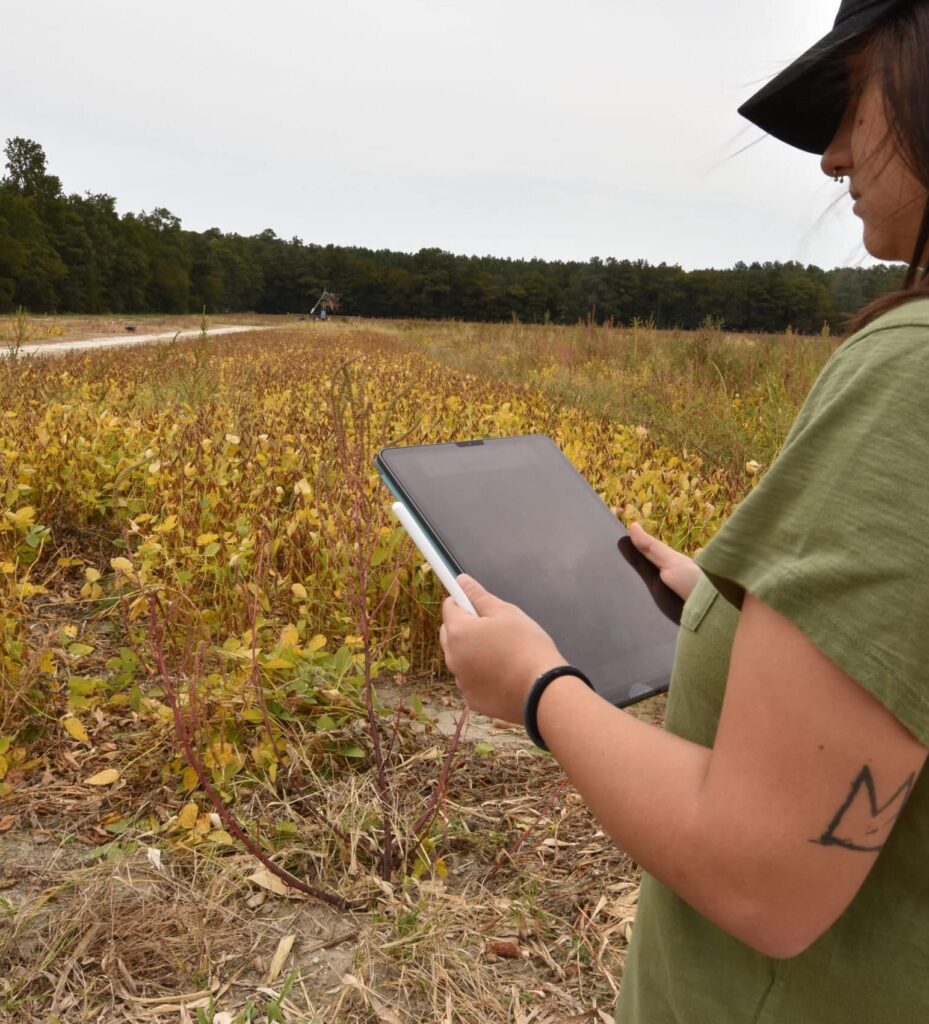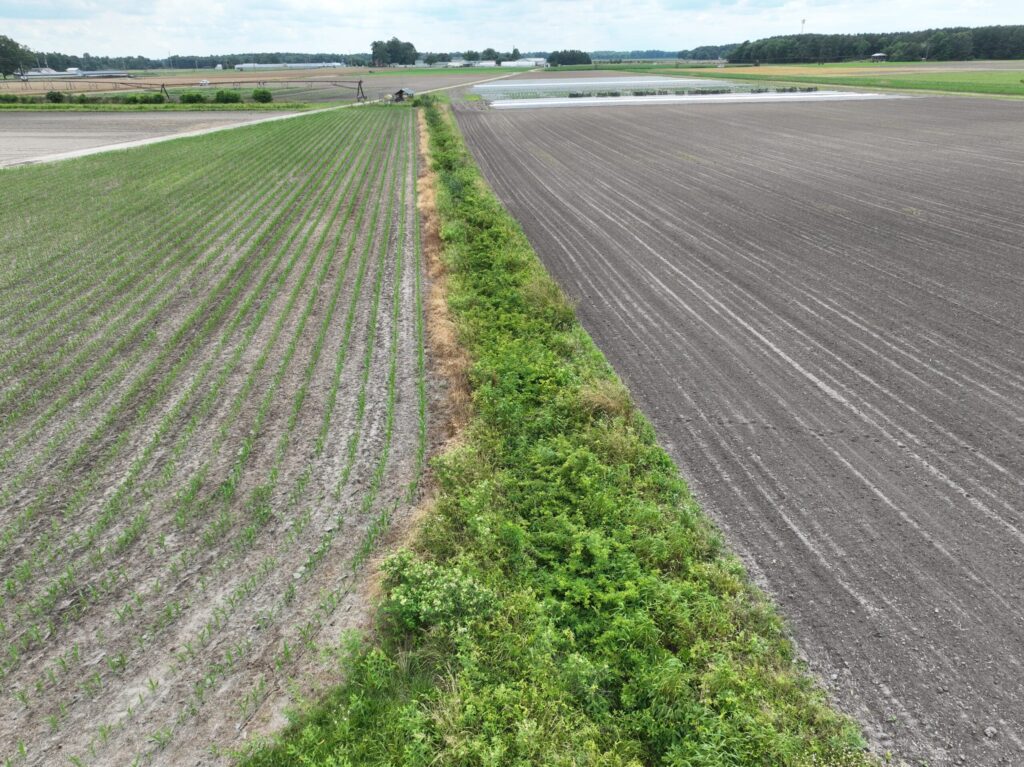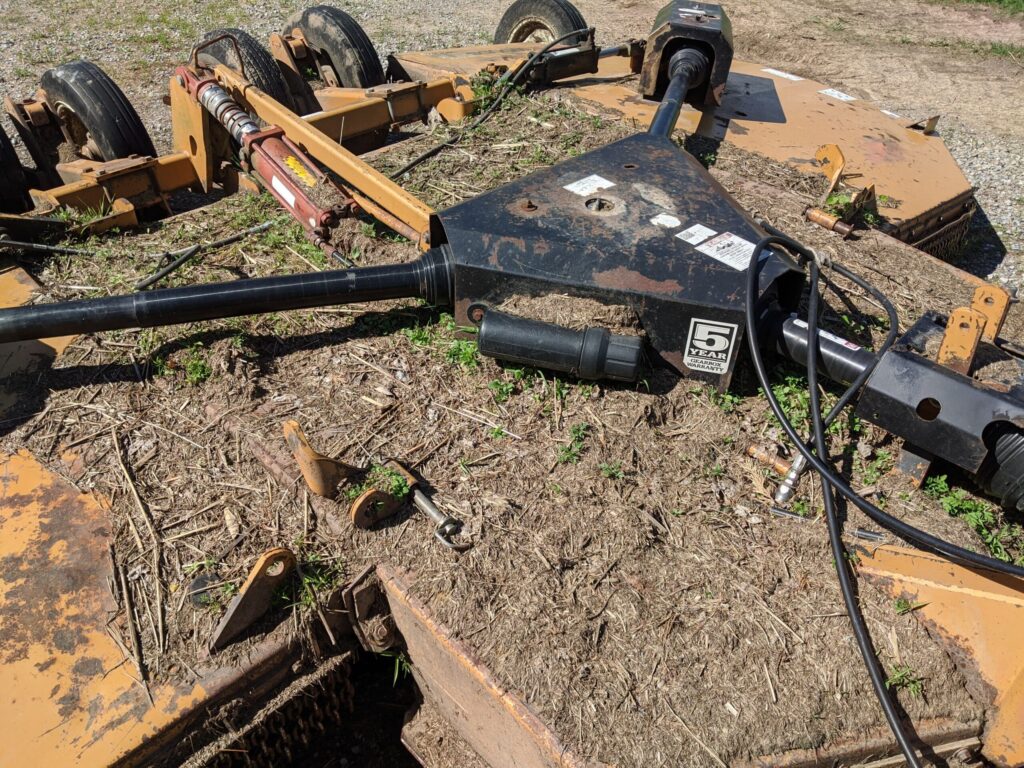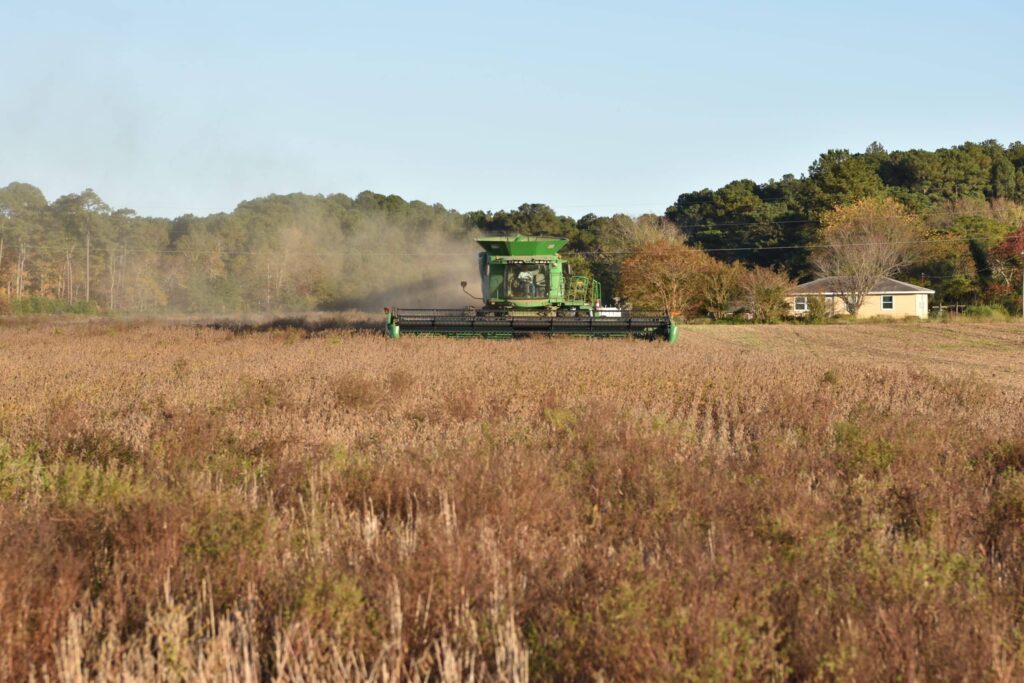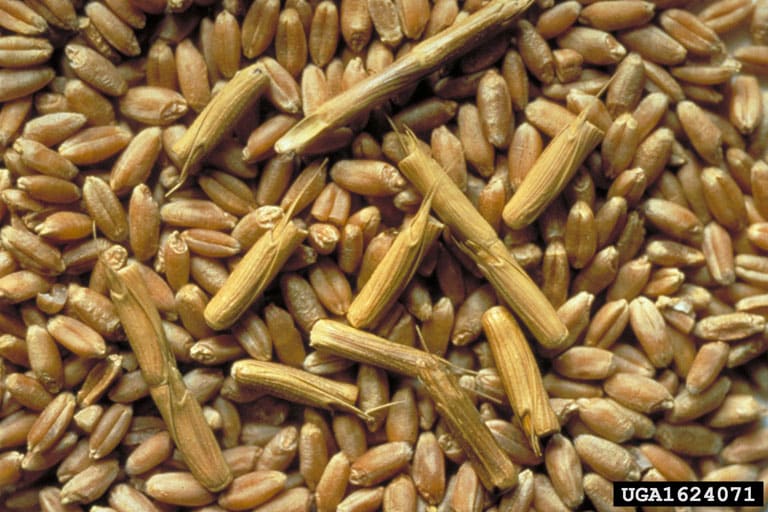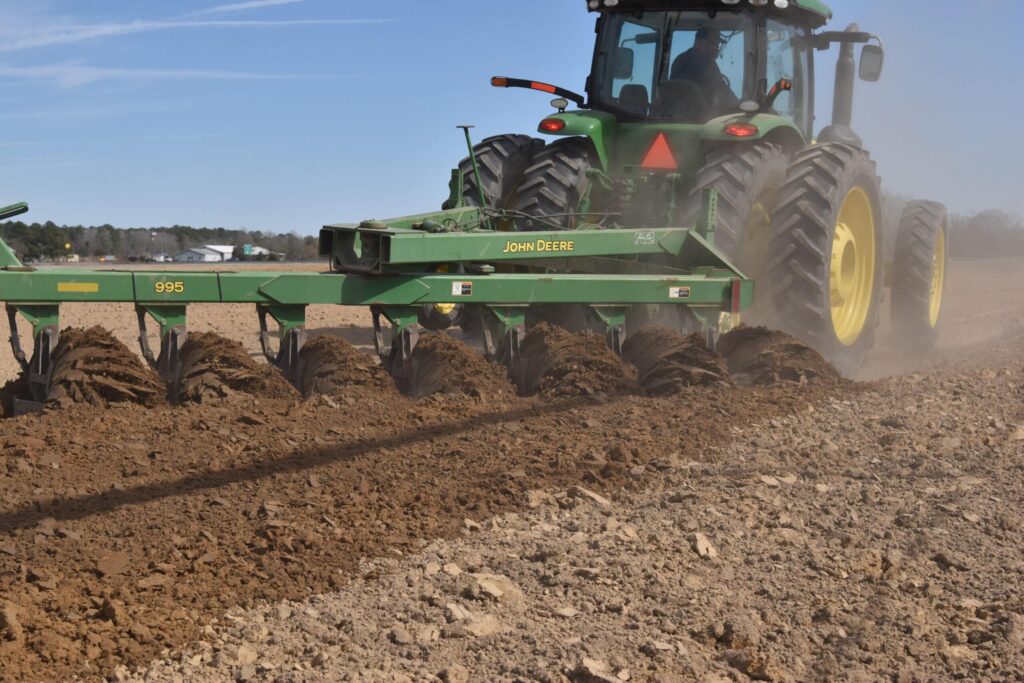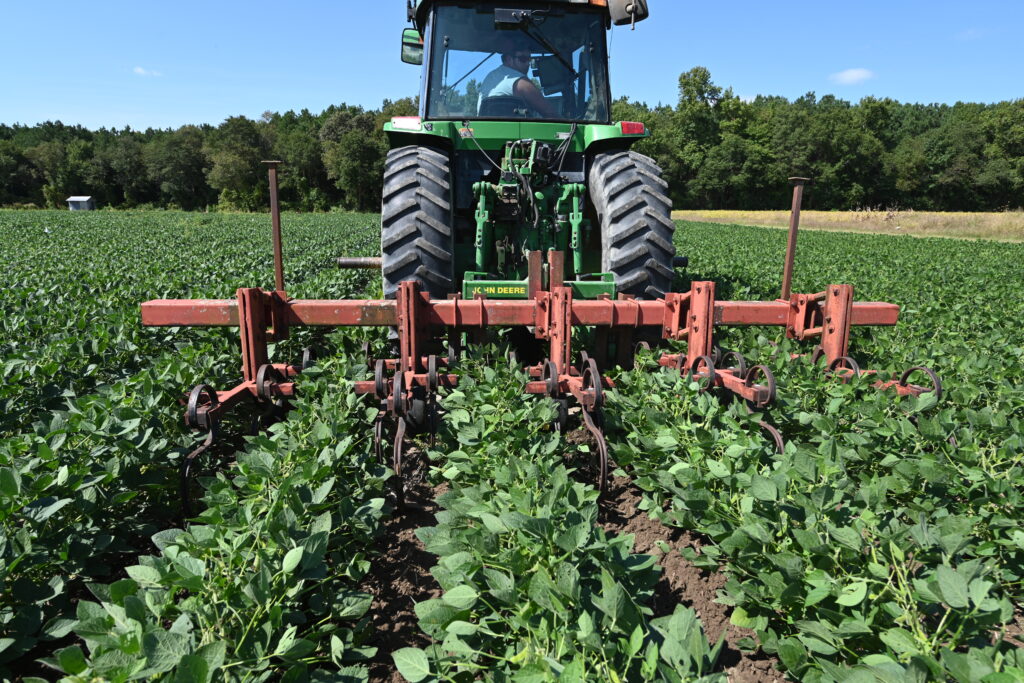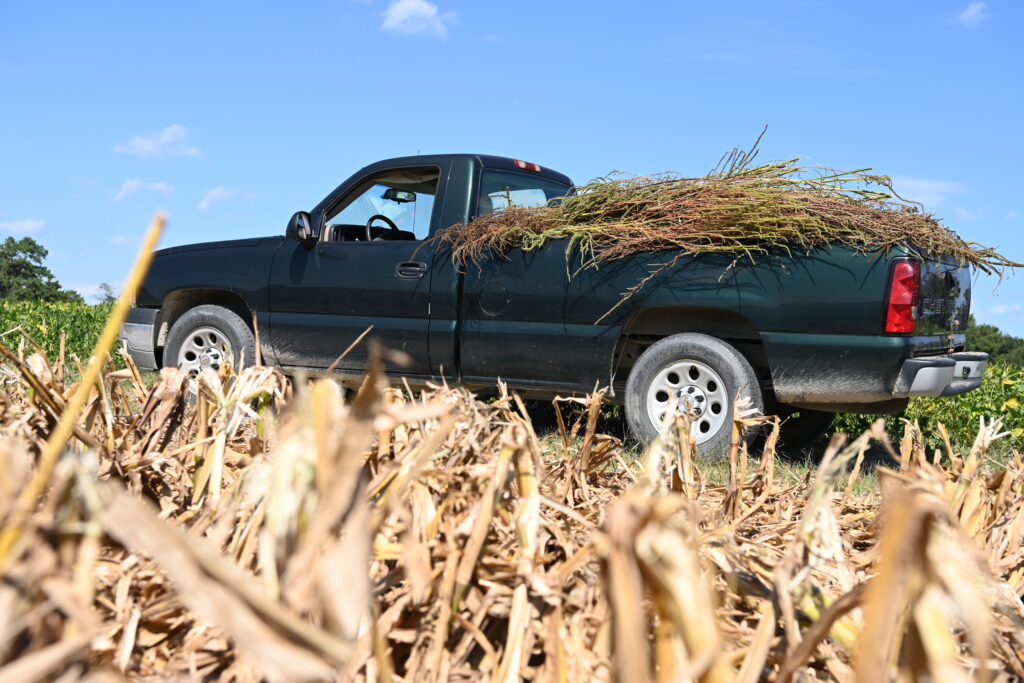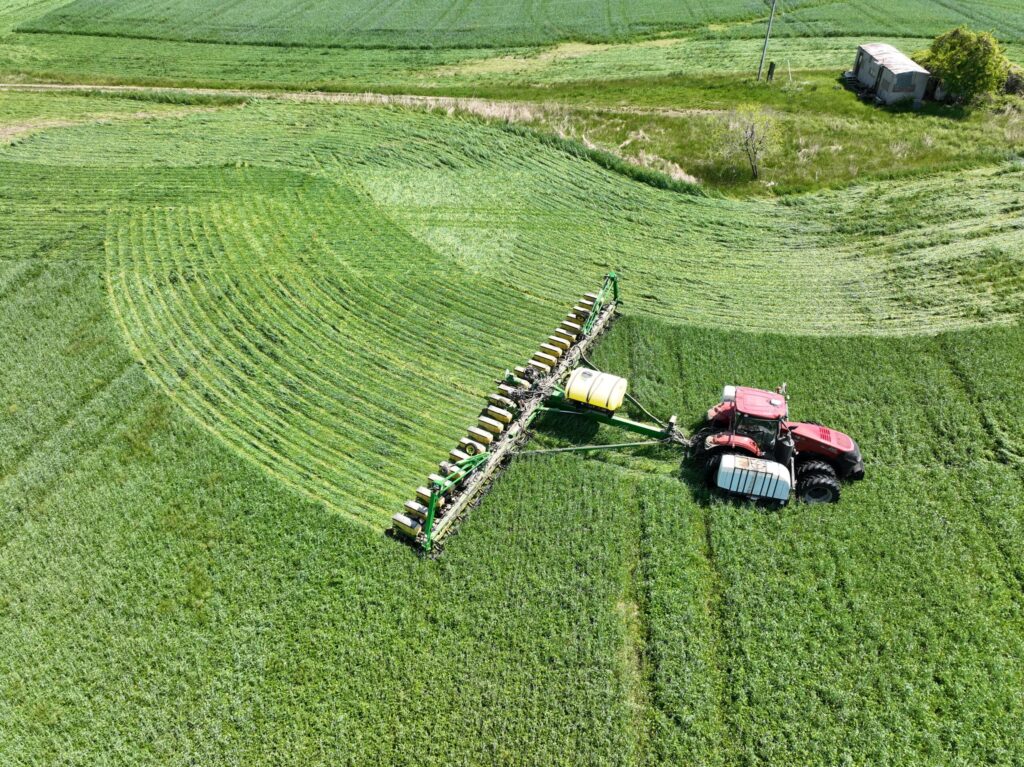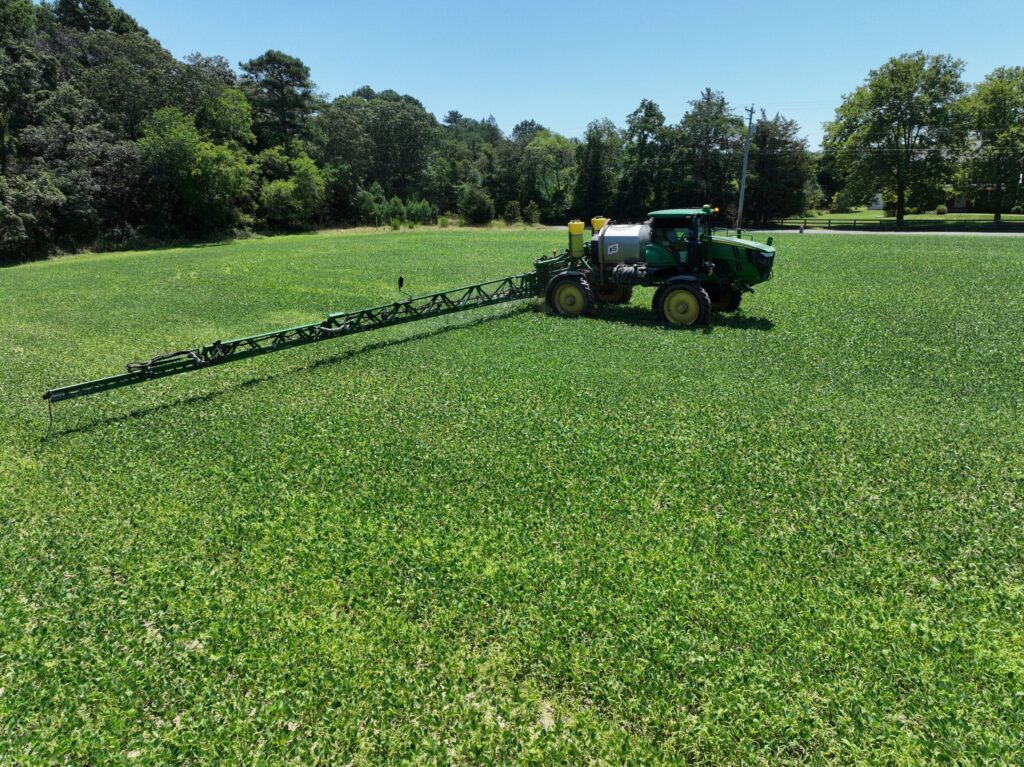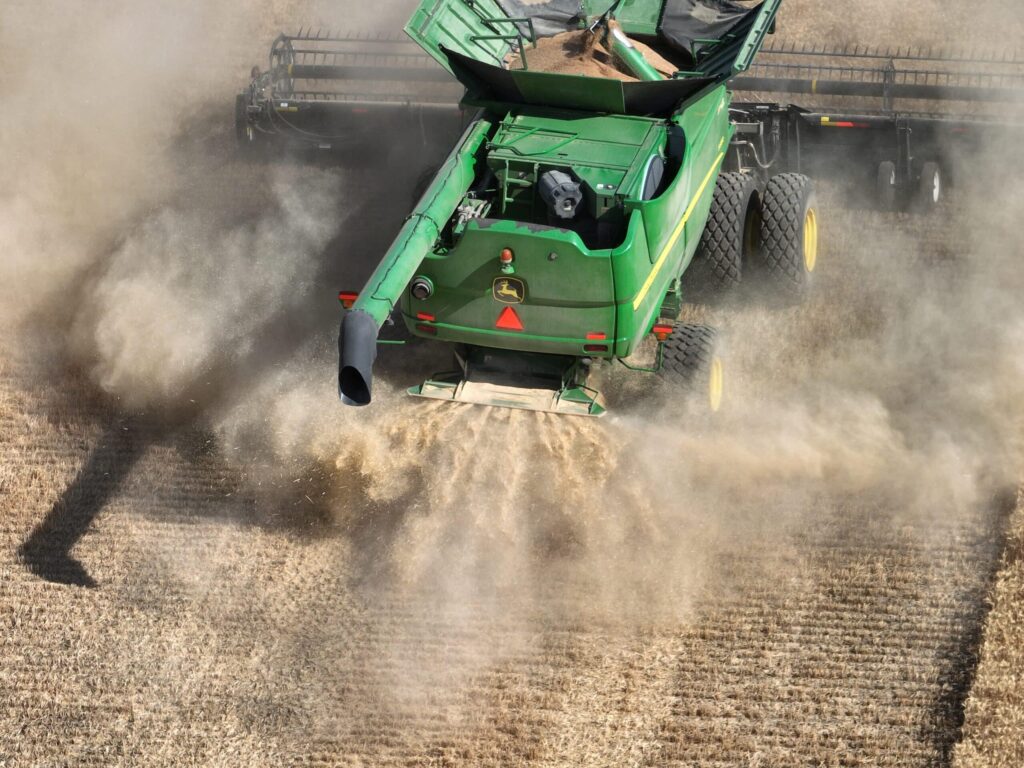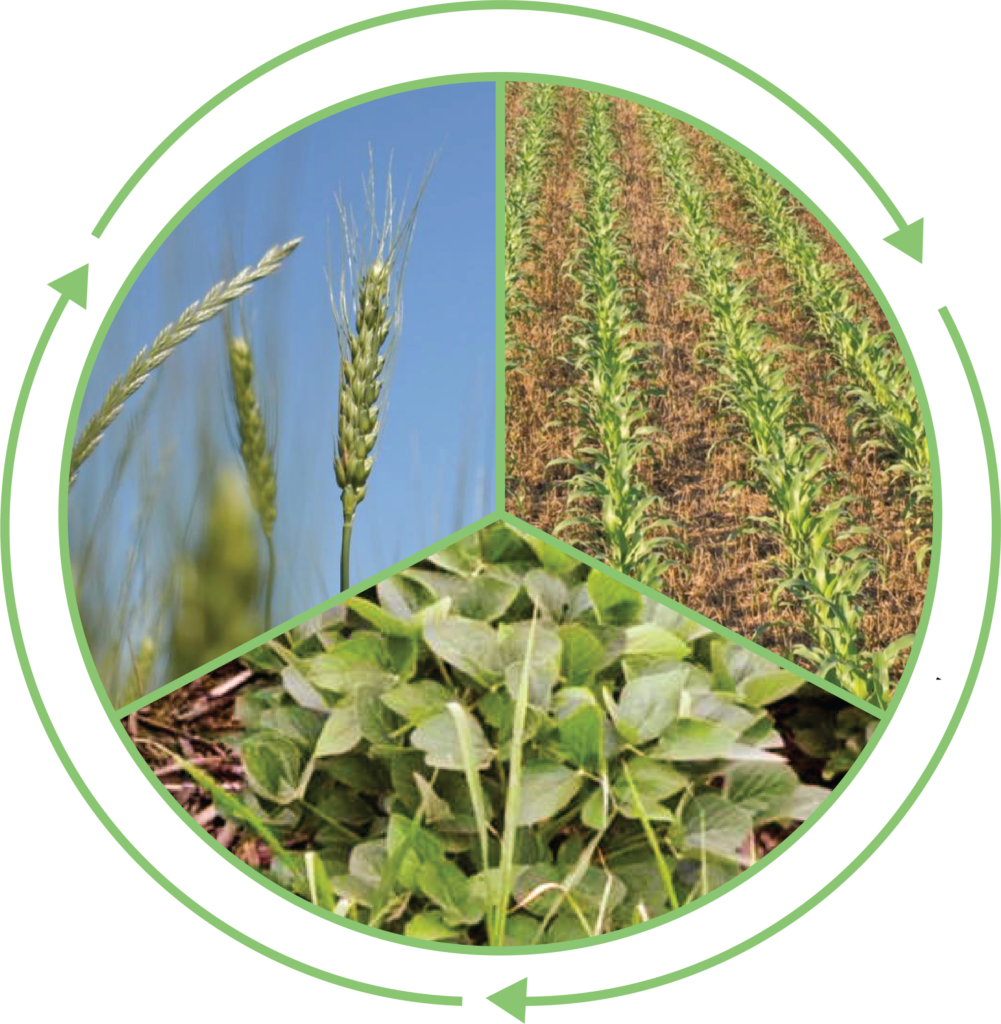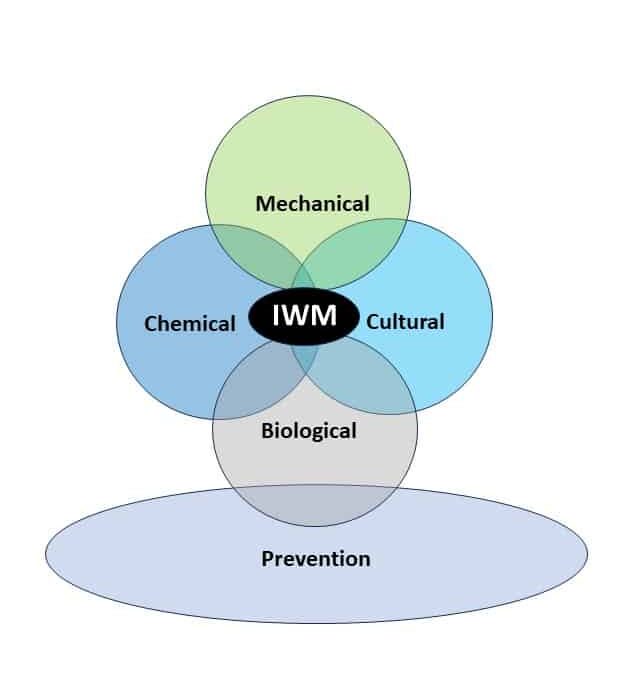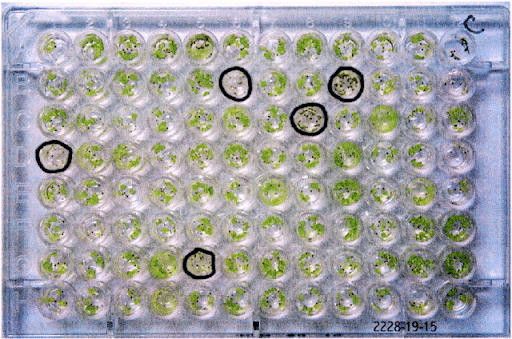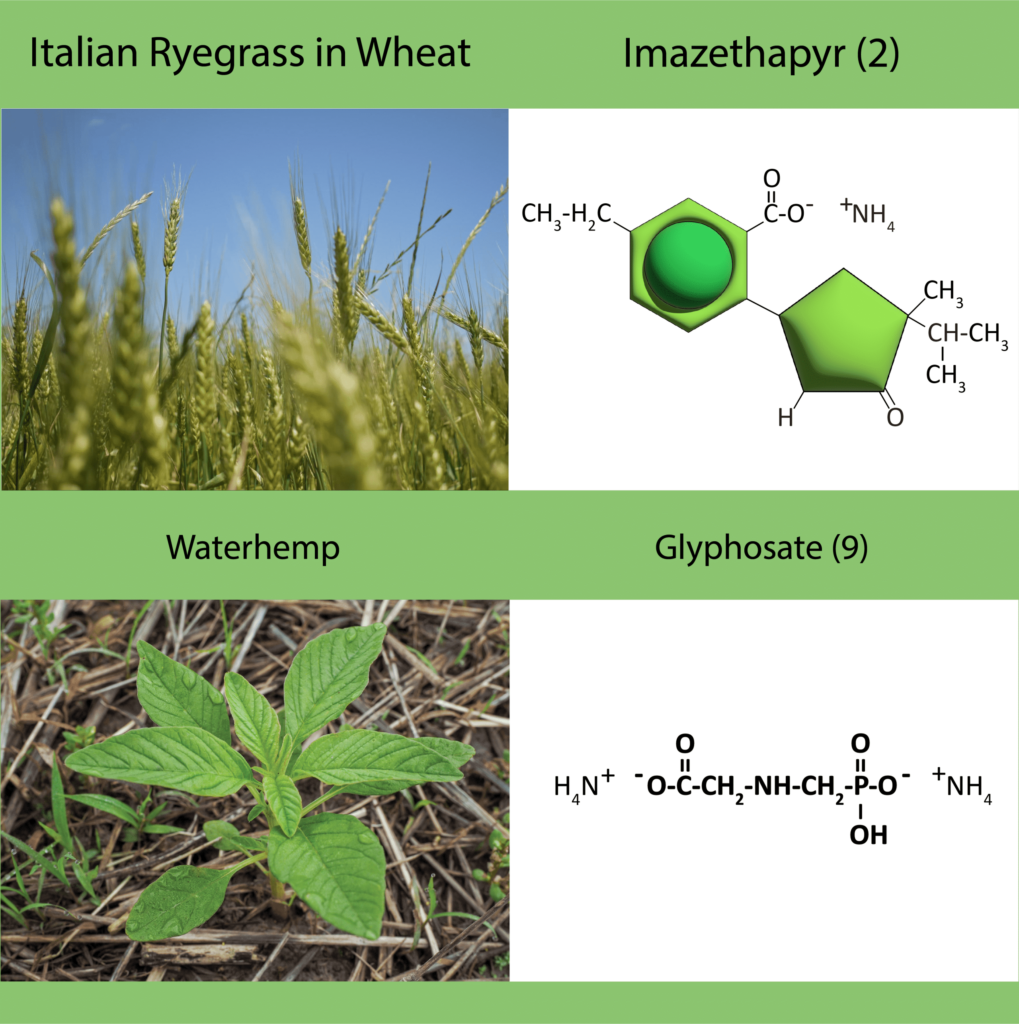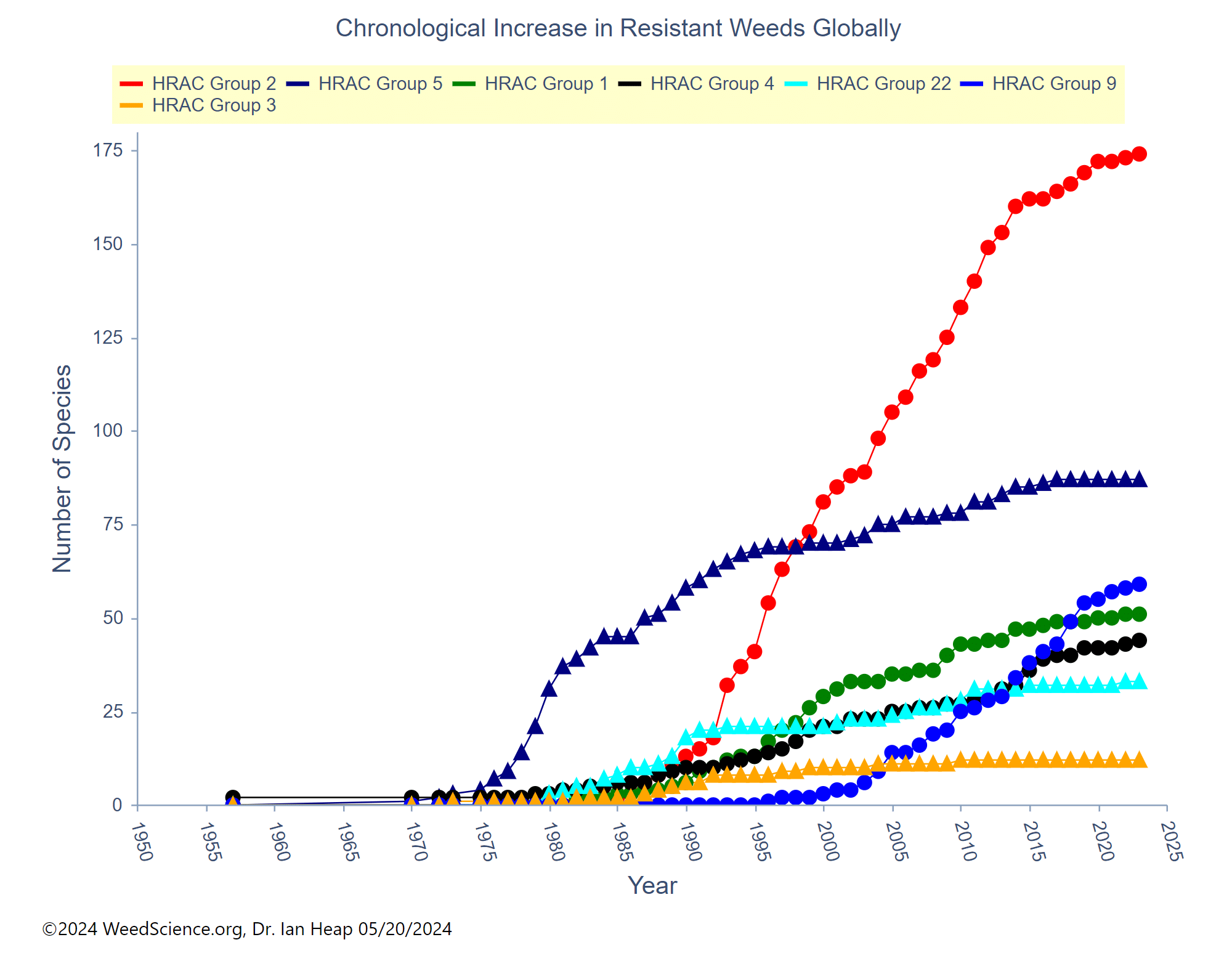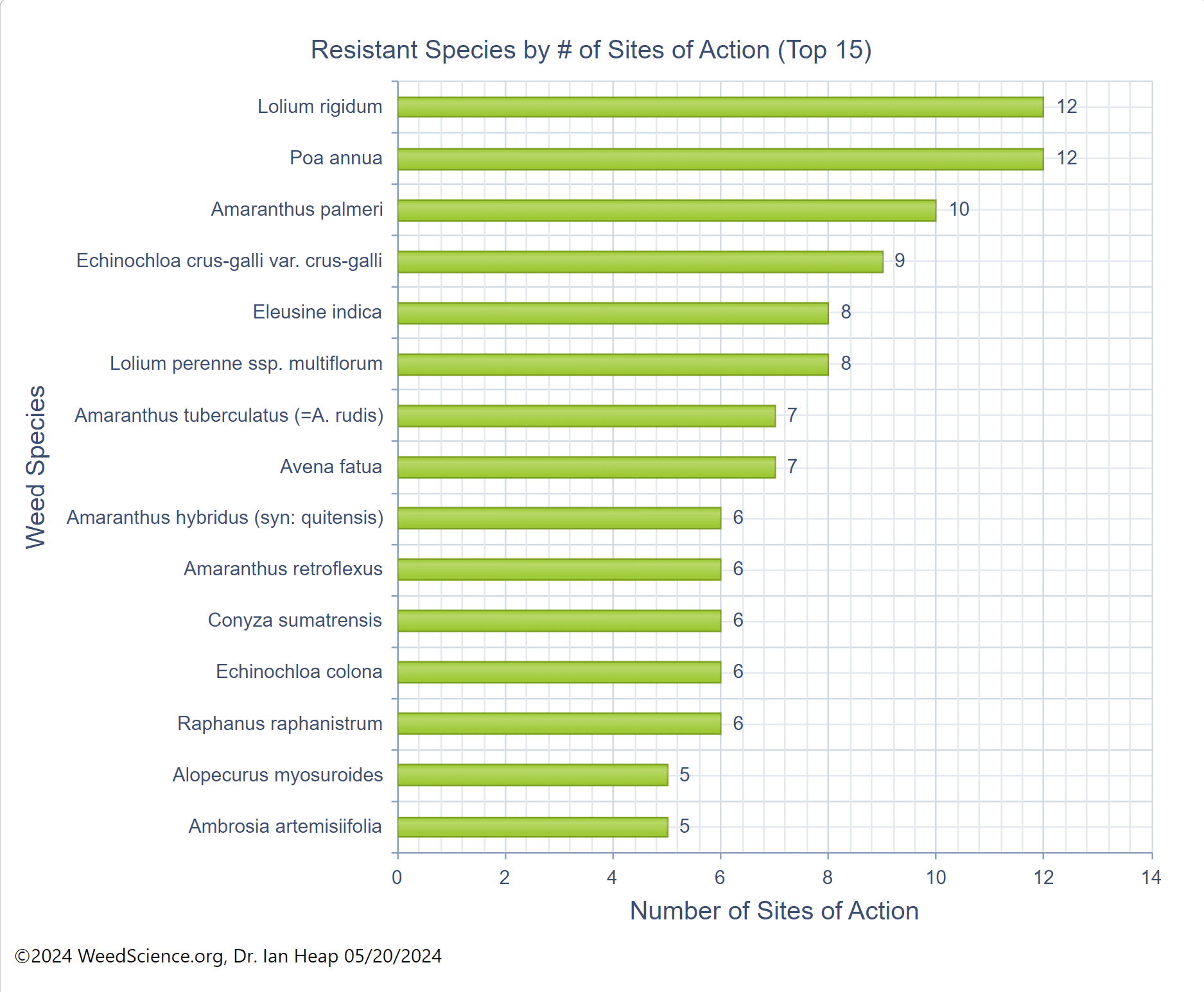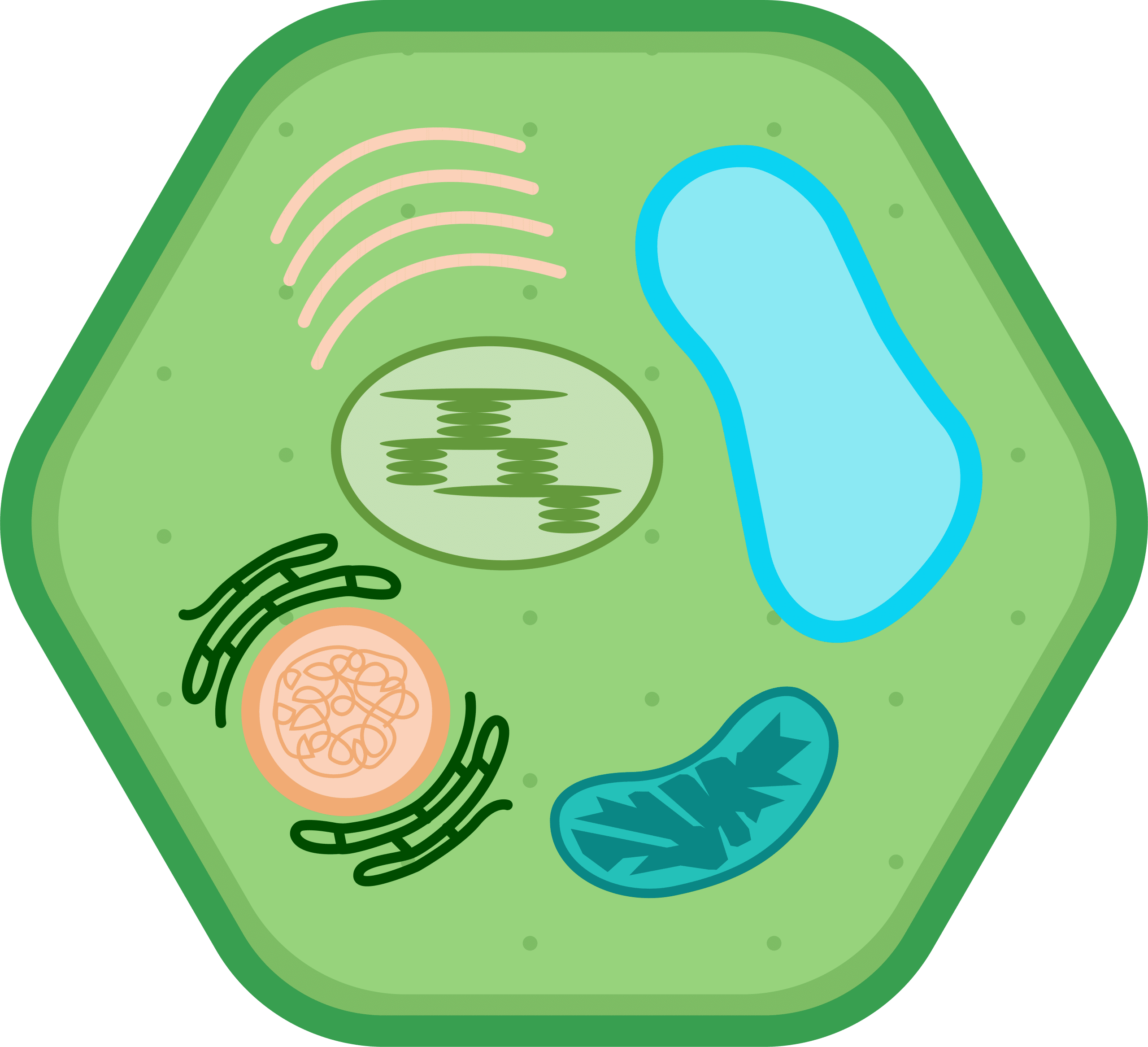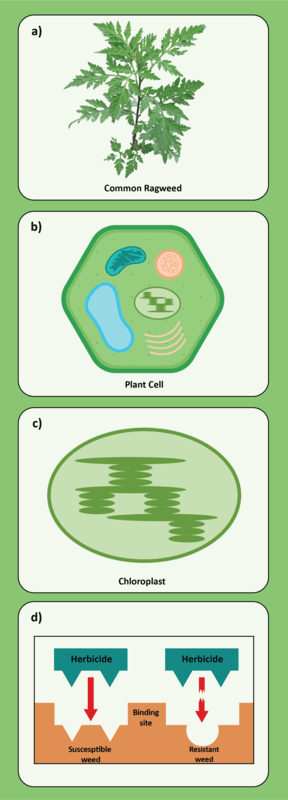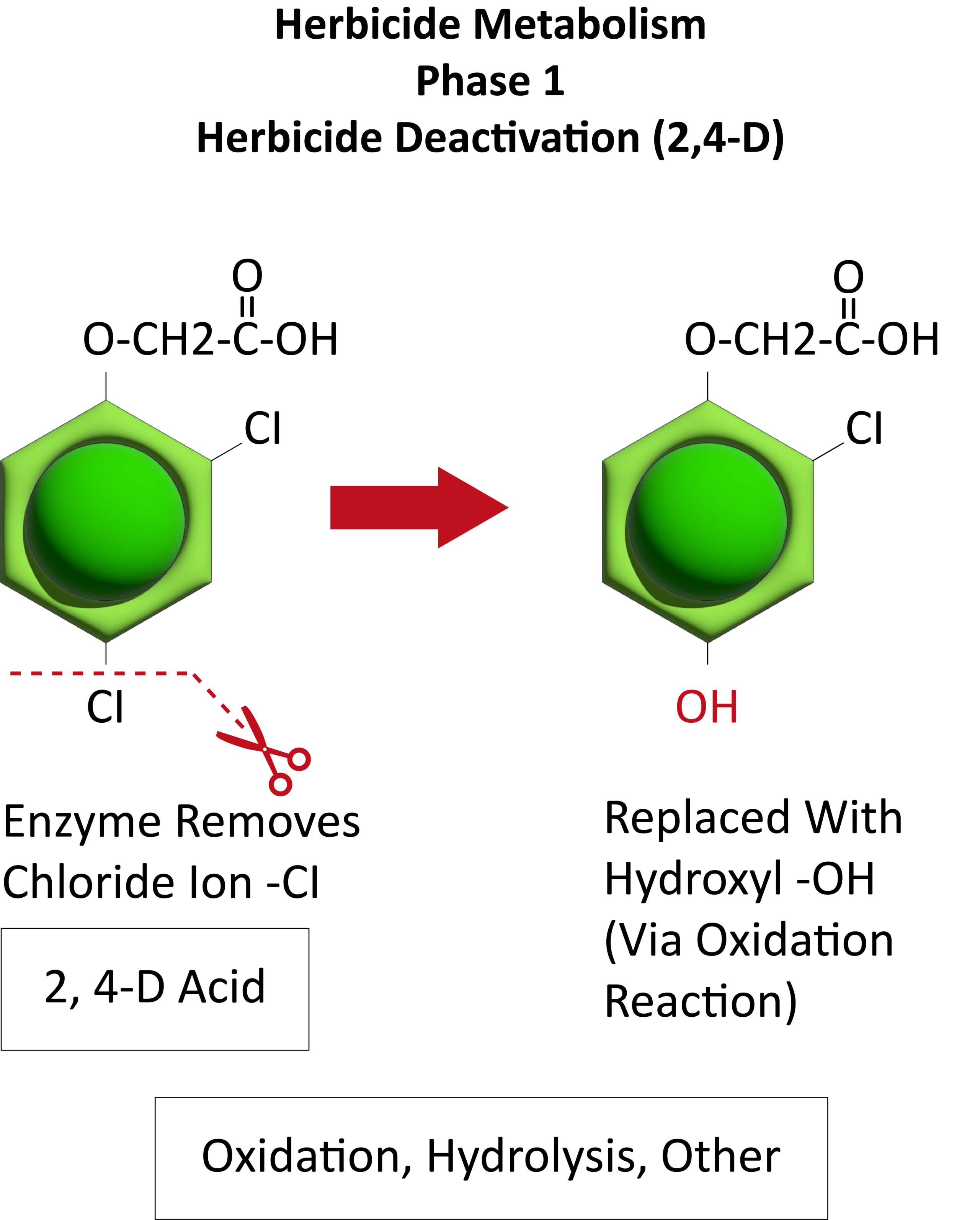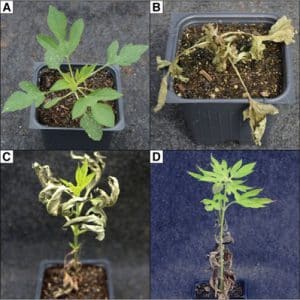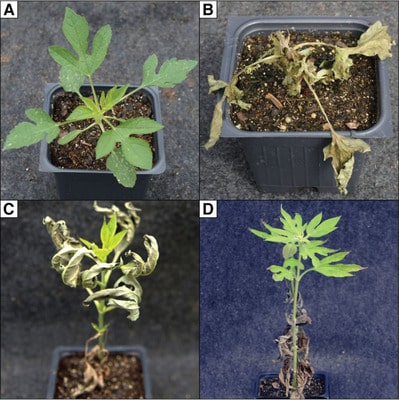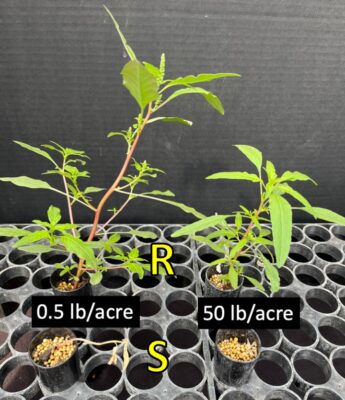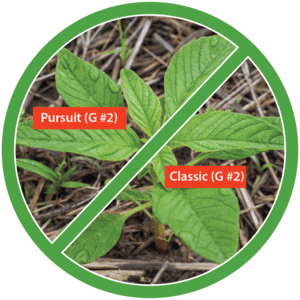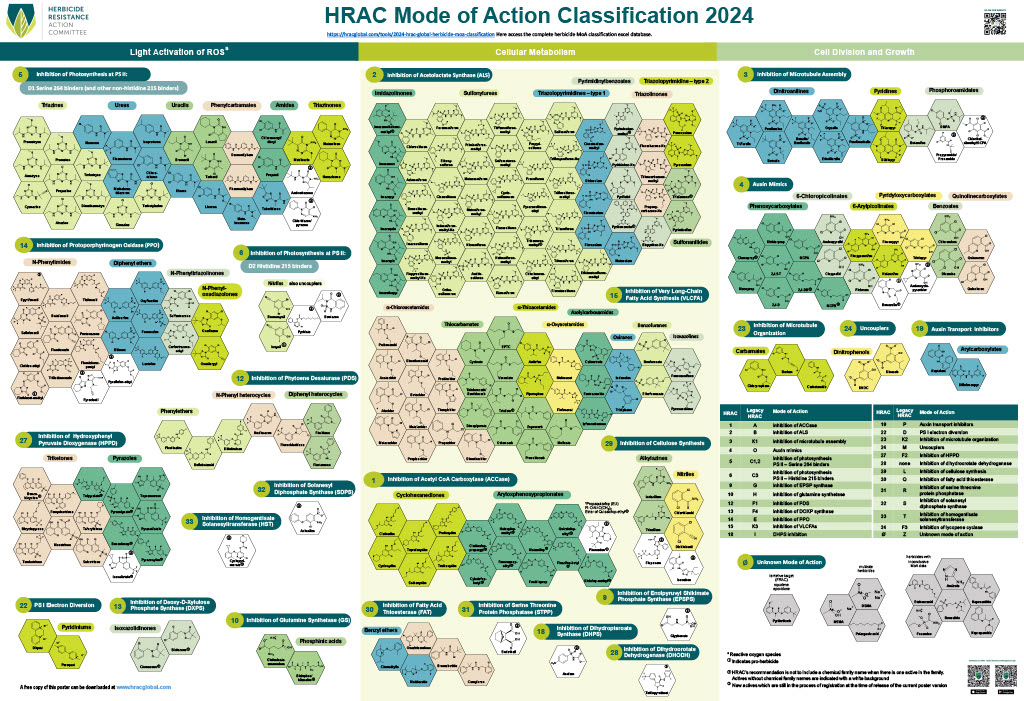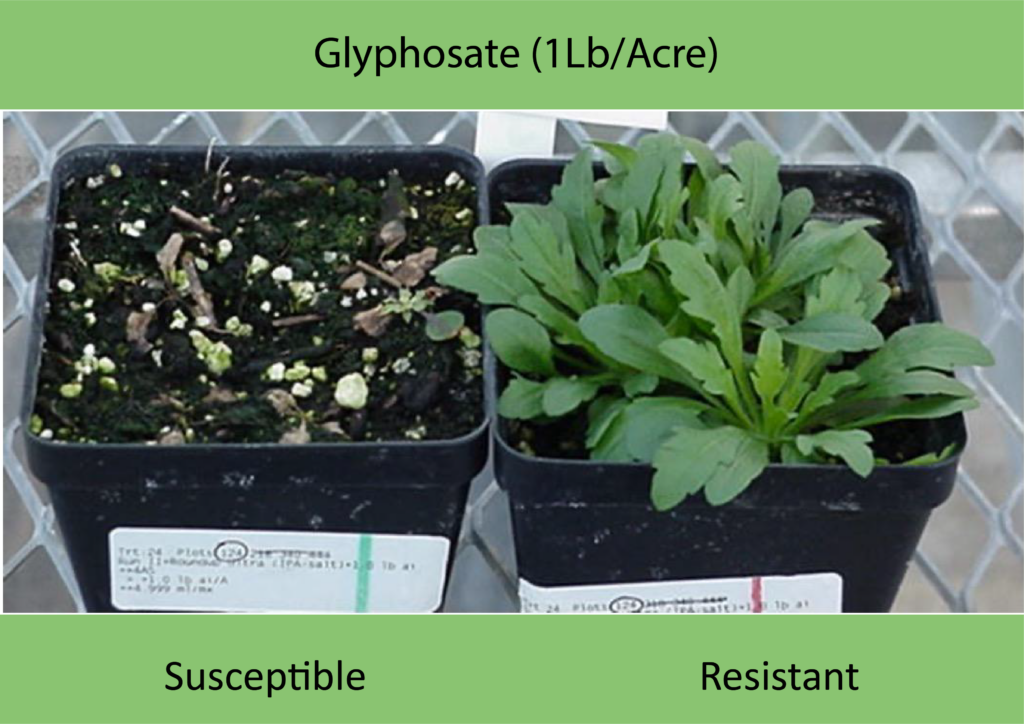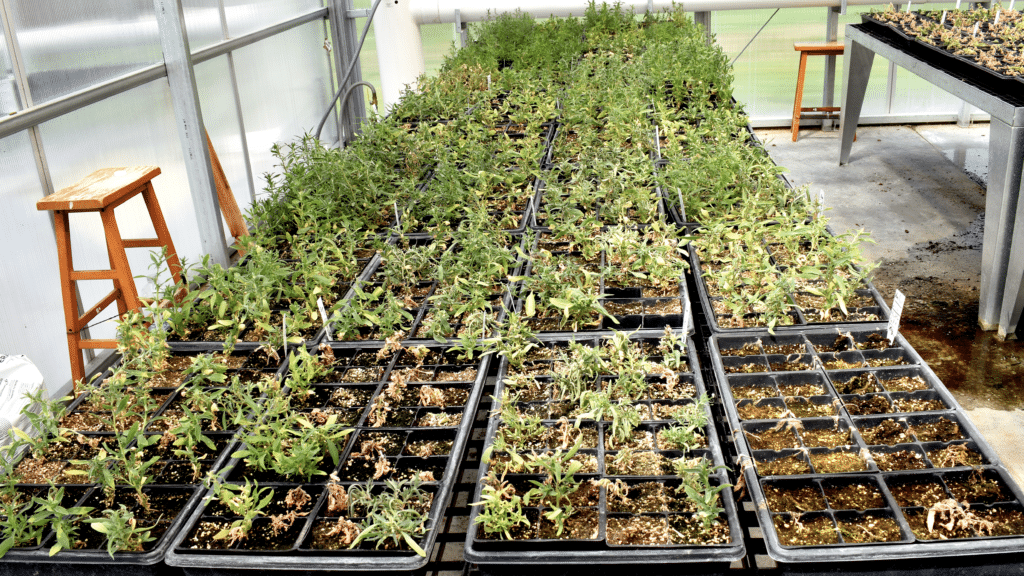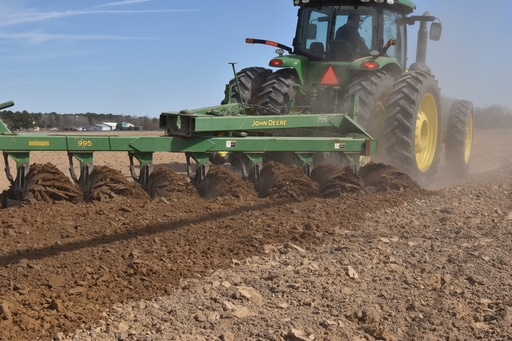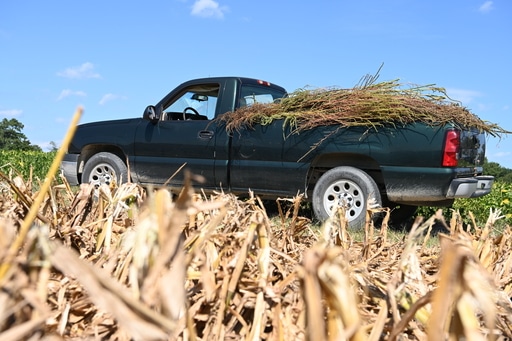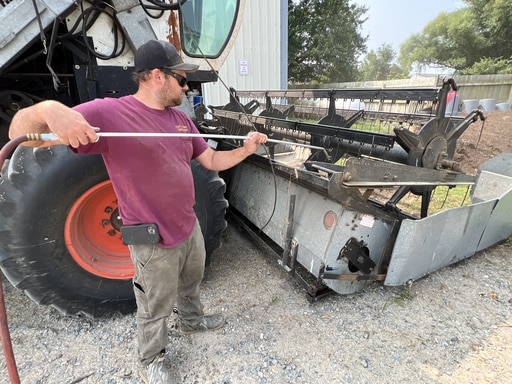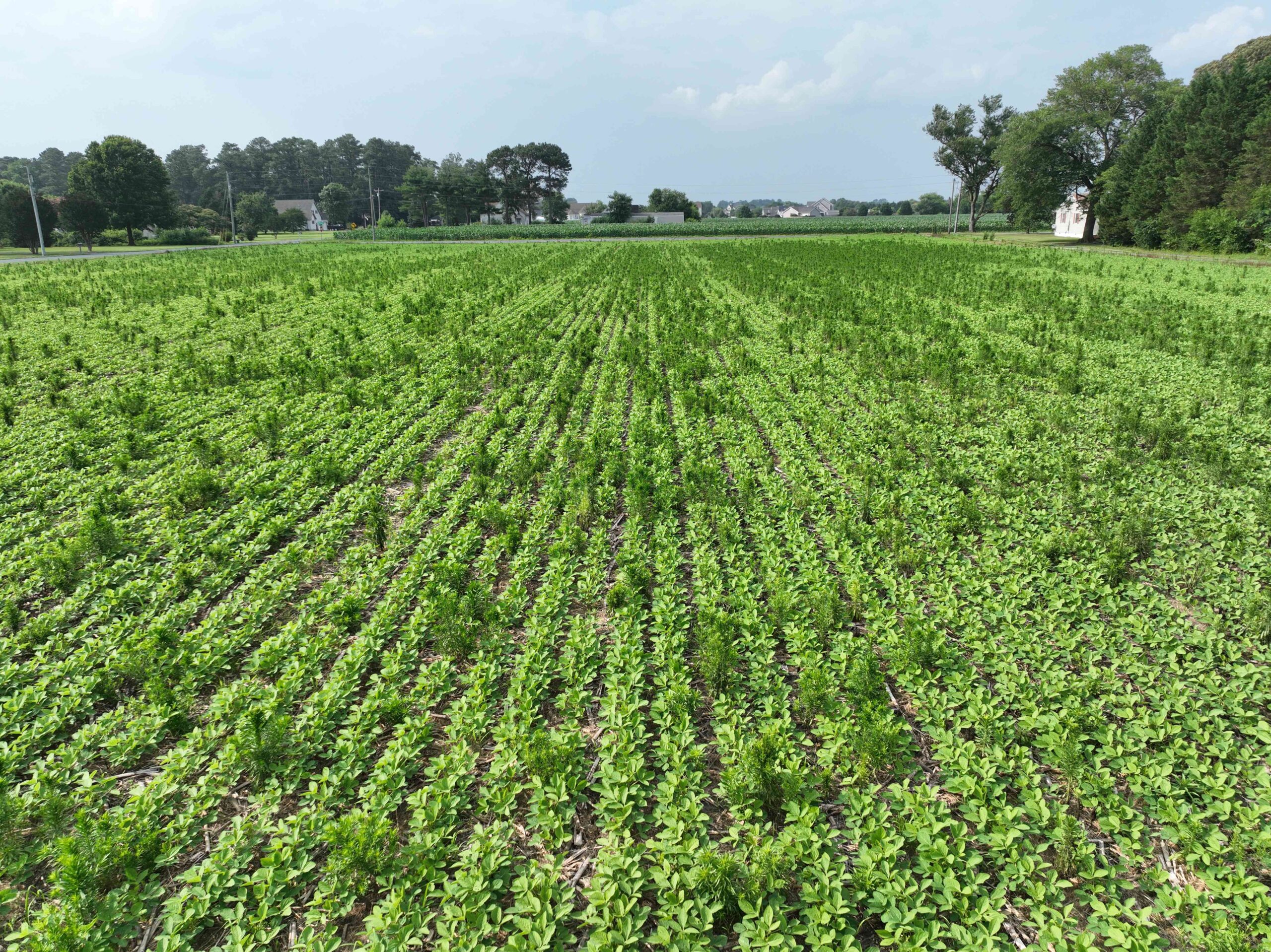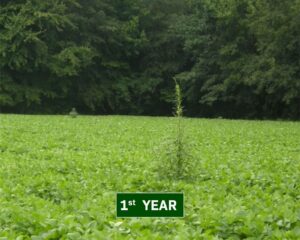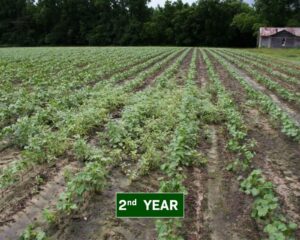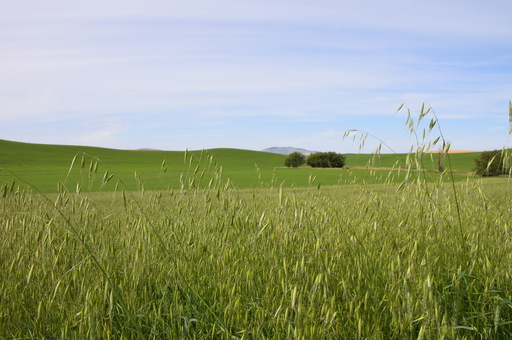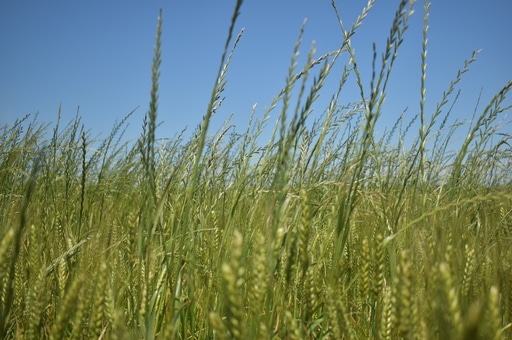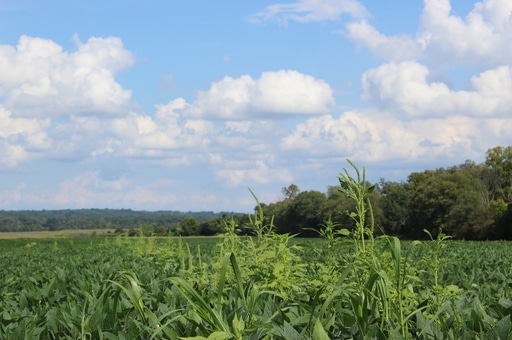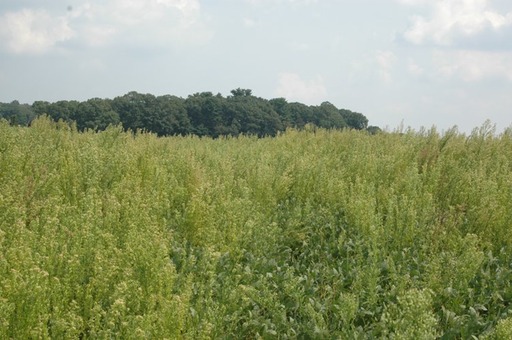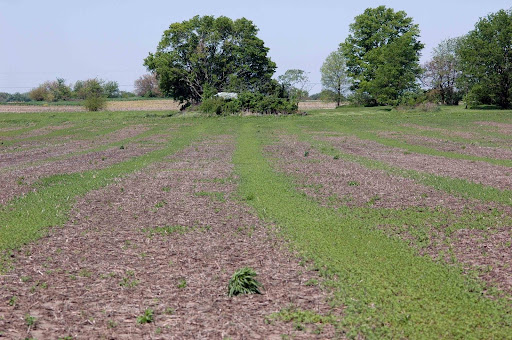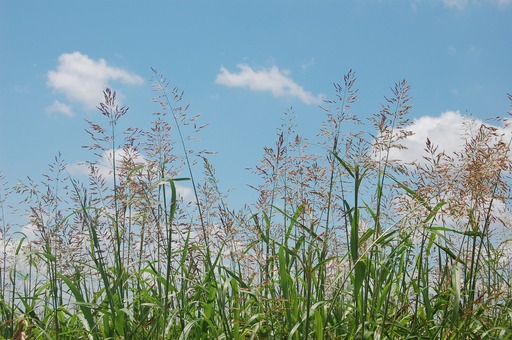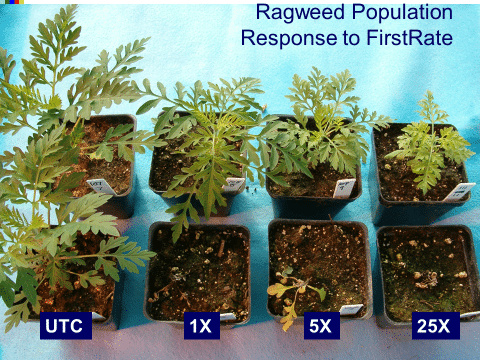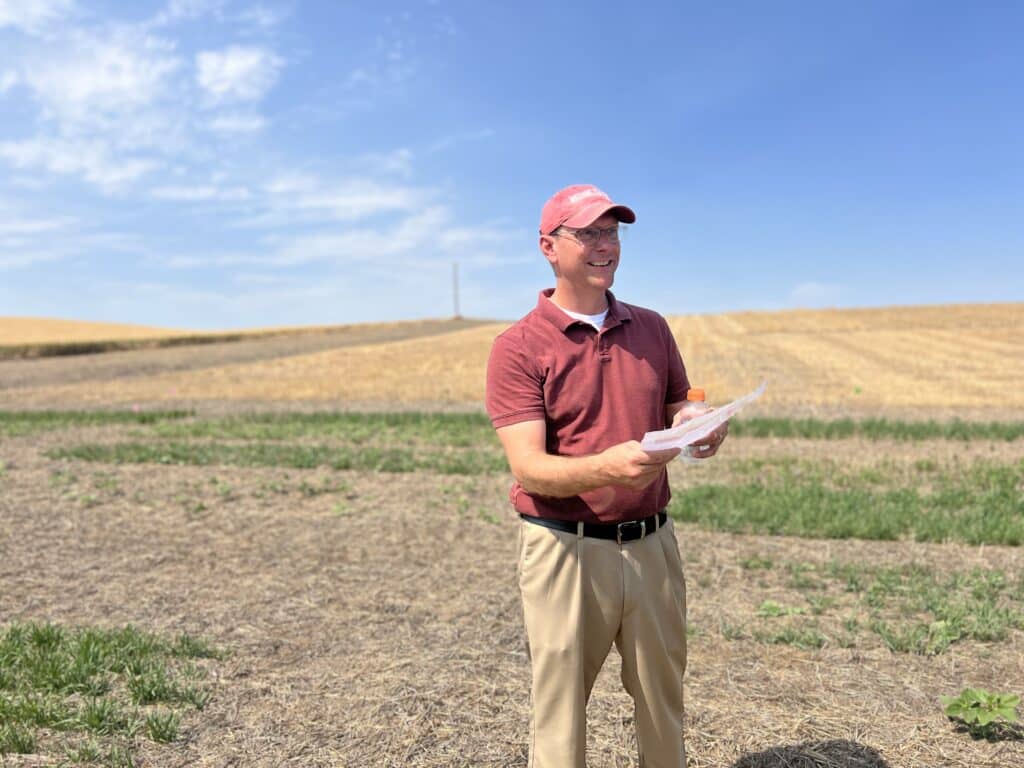
Demand for organic small grains is increasing, and the semiarid U.S. Pacific Northwest is well-suited to small grain production. But it’s hard to grow such grains organically there because weed management is very difficult in the region’s highly erodible soil, which makes tillage challenging. A recent study led by Dr. Ian Burke of Washington State University explored practices and tools that can make organic wheat a more viable crop.
Burke and his team published Weed management in organic dryland wheat production in the Pacific Northwest (PNW) in Agronomy Journal in September 2024. Burke is the R. James Cook Endowed Chair in Wheat Research in the Department of Crop and Soil Sciences at WSU and has been studying grain farming in the PNW for more than a decade.
As conventional commodity prices decrease and weed pressures increase, high organic commodity prices are making organic wheat production appealing, even in the PNW. Burke and his team set out to learn more about viable organic weed control methods. In their article, they first summarize results of the past 20 years of weed management system trials of inland PNW organic wheat. Then they explore using intercropping to decrease the time needed to transition to organic production. Finally, they describe the outcomes of using the WEED-IT, a targeted sprayer system, with organic herbicides.
An Array of Options for Intensification and Diversification
Of relevant trials published from 2004 to 2024, Burke’s team found seven that directly address weed management in PNW cereal systems or cereal systems diversification. In these trials, when researchers attempted to intensify organic wheat production and manage weeds without herbicides, winter pea was quite effective, “particularly as a plow-down rotation with winter wheat,” Burke says. Fall-seeded pea matures earlier in the season, facilitating more nitrogen fixation before tillage or mowing occurs for weed seed management. “Farmers could maintain some level of wheat production every other year without substantial external inputs of fertility,” Burke adds.
Trials also showed that other cereal grains, such as triticale, were effective in managing weeds such as Canada thistle, though not field bindweed. Other takeaways included the fact that quinoa is a potential crop for organic farmers, and livestock integration is an alternative approach to building fertility.
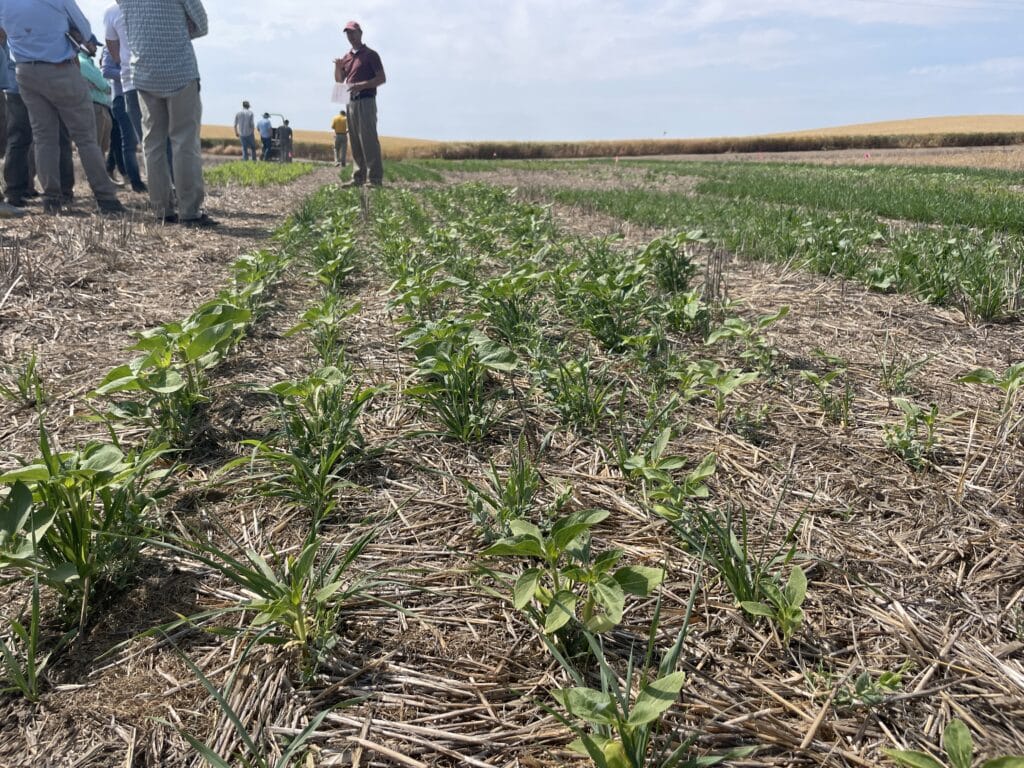
Intercropping to Reduce Organic Transition Time
When farmers commit to growing organic grains, there’s normally a two-year break in production when they’re preparing the soil. Burke and his team sought a way to make the organic transition period more cost-effective through intercropping. To do so, they needed a very specific tool. “We used a guidance hitch, a really old tool used in sugar beets back in the late 60s and 70s,” Burke says. It’s a steering mechanism for an implement attached to a tractor, such as a cultivar sweep or planter. It allows the farmer to adjust the implement’s position by about 6 inches to the left or right of the tractor.
Using the guidance hitch “gave us the flexibility to grow spring grains intercropped with spring pulses,” Burke recalls, “and in the middle of the season, we could actually decide a course of action.” If they wanted to continue toward organic grain production, they could terminate the grains and use them as cover. By contrast, if they needed the grains’ income and felt the pea crop had produced sufficient nitrogen, they could plow down the peas and leave the cereal grains in the transition, boosted by the organic-approved fertilizer from the peas. “It’s an intensification approach that gives the farmer in-season flexibility to chase fertility or a grain crop outside of the organic production year,” Burke explains.
Using the guidance hitch also improved weed control. But Burke and his team were using a mechanical linkage with feeler tines that go down into the soil between rows. “It’s a labor of love,” he says, because farmers need strong tractor skills to avoid killing a lot of crop. A few of the small grain farmers he works with have purchased guidance hitches and then modified them to work in their own systems, Burke says. He aims to combine the guidance hitch with GPS auto-steering to make it more user friendly.
A Promising Tech-Herbicide Combo
Precision sprayers, also known as targeted spray systems, use sensors to identify and spray individual weeds, rather than broadcast herbicides across a field. In conventional production, these target sprayers are proving very successful at increasing efficiency and reducing herbicide use and costs. Organic herbicides are far more expensive than conventional ones, so these precision sprayer systems could offer even more value to organic farmers.
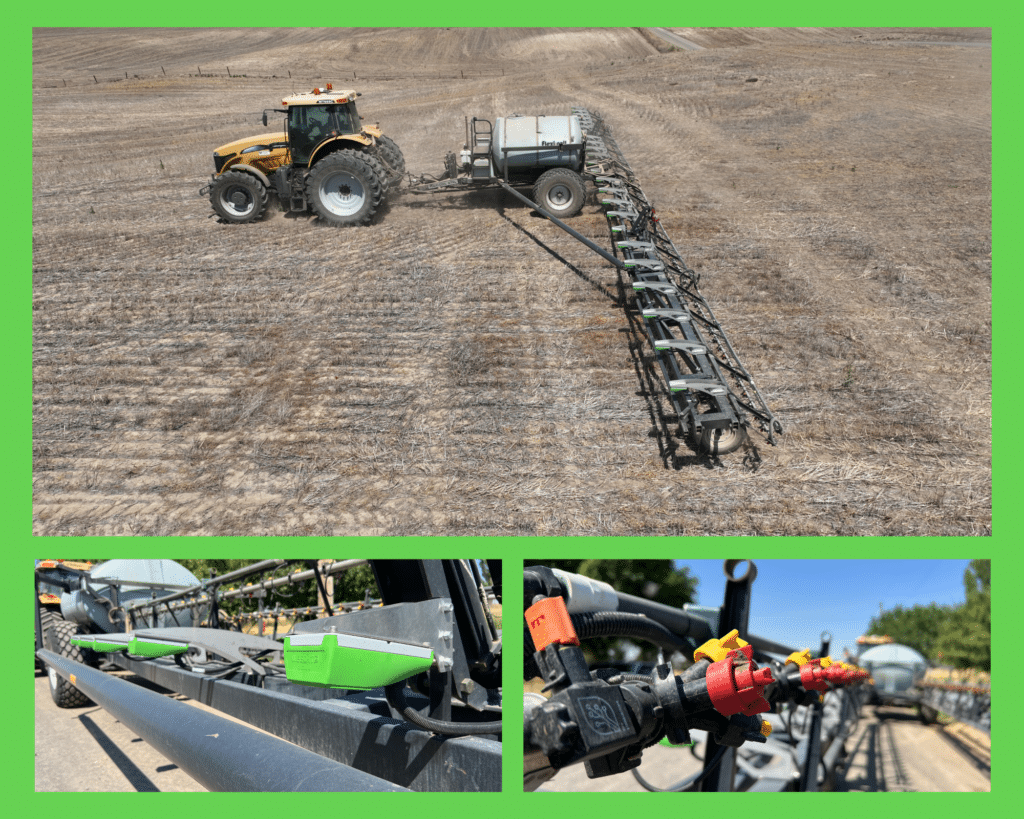
Most organic herbicides are acids or oils that need to be used very early and often to be effective, Burke said. He and his team discovered that by using the organic herbicide Suppress (a premix of caprylic and capric acids) in a WEED-IT system, they could effectively control broadleaf weeds in the PNW. If the weed populations were sufficiently low, the expense was equal to or less than a broadcast application of Roundup (glyphosate). “We were able to target weeds much earlier in their life cycle,” Burke recalls “and we were pretty impressed with how the WEED-IT system improved the efficacy overall of the Suppress.”
Some of that success was due to the carrier volume–the amount of liquid (often water) added to the herbicide in the tank. In Burke’s research, the WEED-IT system reduced chemical use by 68%. Actual savings on farms is directly related to the area covered by weeds, but this potential efficiency allows for a very high carrier volume (e.g., the amount of water added to the herbicide). Organic herbicides are much more effective at high carrier volumes, making the use of Suppress with the WEED-IT system quite successful.
“Everything else should be on the table for adjustment,” including crop rotations, diversification, seeding rates, and precision guidance systems.
Dr. Ian burke, WSU
All-of-the-Above Management
Though Burke and his team identified a number of practices and tools for successful organic wheat production in the PNW, he advocates for what he calls “all-of-the-above management.” The need to minimize soil disturbance in this highly erodible area makes weed management in organic wheat production, particularly of perennials, very difficult, he said. Given this complexity, no single solution is enough. Farmers may eschew mechanical weed control, for example, “but we really try to advocate for sensible mechanical weed control inputs that don’t risk soil loss,” Burke explains. “Everything else should be on the table for adjustment,” including crop rotations, diversification, seeding rates, and precision guidance systems.
It’s All in the Timing
As Burke and his team have shared these results with farmers, they’ve hit on another key element of successful organic wheat production: good timing. “Seasonality plays a large role in our success or failures here,” he says. “We have very narrow windows.” In future research, they will explore how to help farmers make the right decisions at the right times based on their production goals. They will also encourage more site-specific seeding rates for better (more consistent) yield in places such as the Palouse, which have hilly topography with wide ranges in pH and other soil properties.
Looking to the Future
Though a small number of farmers Burke works with are likely to adopt organic practices, hundreds are keen on regenerative agriculture, he said. Broadly speaking, regenerative agriculture aims to restore degraded soil and biodiversity, improve the water cycle, and stabilize production in a variable climate. One method central to achieving those goals is reducing off-farm inputs. This practice “is really compelling for farmers in response to fluctuations in commodity prices,” Burke says. “So what I see evolving is not organic production but a much more potentially resilient system that does incorporate conventional herbicides in some way. But with a very clear view of maintaining and improving overall soil function and radically reducing off-farm inputs.”
Article by Elizabeth M. Seyler, PSA; header photo and feature photo graphic by Emily Unglesbee, GROW
